Guide to Hiking Footwear
GUIDE TO HIKING FOOTWEAR
IMPORTANT FIRST STEPS
GET THE RIGHT TYPE OF BOOTS.
It’s important to have the right footwear for your level of hiking. Different styles are more suitable for different levels than others. For instance, if you enjoy light hiking or backpacking, some features may be surplus to your needs and therefore add unnecessary weight. On the other hand, if you’re a serious hiker, the absence of necessary features can greatly impact on your safety and comfort.
KEEP YOUR FEET DRY.
Make sure your boots are waterproof. Choose footwear made with full grain leather upper material using limited stitching, or with waterproof membranes such as Gore-Tex. Prolonged dampness in your footwear will lead to infection and blisters. Remember - dry feet are happy feet!
GET YOUR BOOTS FITTED PROPERLY.
When you consider the length of time you’ll be wearing your boots and the places you’ll be in them you’ll understand the importance of taking the time to get your boots fitted properly. At 53° North our footwear specialist can take you through several steps which will ensure you make the right selection.
CHOOSE GOOD SOCKS.
Don’t skimp on the socks. A pair of breathable, cushioned socks will vastly improve your comfort when hiking. We recommend Merino wool socks, as they are comfortable and breathe exceptionally well.
TYPES OF HIKING BOOTS.
LIGHT HIKING FOOTWEAR is very flexible and designed principally for day hikes. It will have a lightweight upper with a stable yet very flexible sole. Due to its lightweight nature, casual travellers will appreciate this style of footwear also.
HIKING FOOTWEAR is intended for day trips or longer journeys with a light load. Such footwear offers good flexibility, cushioning and breathability, but with less support and less durability than backpacking boots.
BACKPACKING BOOTS are built for all kinds of loads, on or off trail. They are durable and supportive and have varying degrees of flexibility. It’s worth noting that boots like these usually require some breaking-in time.
MOUNTAINEERING BOOTS, with stiffened midsoles, are designed for moderate to heavy loads on or off trail. These are the toughest boots with the greatest level of support. Some of these boots are compatible with crampons.
DESIGN OF THE FOOTWEAR.
LOW-CUT BOOTS give you the greatest amount of lightweight flexibility which is ideal for hiking with lighter loads on well-maintained trails or paths.
MID-CUT BOOTS wrap just around your ankles, giving some cushioning and resistance to roll in the ankle. They also give a degree of protection to your ankles from rock and debris.
HIGH-CUT BOOTS come up higher over the ankles and give a greater amount of protection and support on uneven terrain, especially when carrying a heavier load. If you routinely go on longer trips and carry heavier loads, high cut boots are essential. For those not accustomed to wearing a higher cut boot, there is a period of adjusting to the more restrictive fit.
HOW DO UPPER MATERIALS DIFFER?
FULL-GRAIN LEATHER is the best for durability and abrasion resistance. A good pair of leather boots can last for years. They offer great water resistance, especially where the stitching is limited in their construction. Full grain leather is more breathable than leather with a waterproof membrane. However, these boots require patience - when you buy them, they can be stiff and rigid, so you’ll need to break them in. Through time and wear they will mould perfectly around your feet. Once broken in, they will be supremely comfortable.
SPLIT GRAIN LEATHER is lighter and takes less time to break in than full grain leather.
NUBUCK LEATHER is full grain leather buffed to resemble suede. It’s very durable and resistant to water and abrasion.
SYNTHETIC MATERIALS are much lighter in weight and easier to break in but offer less durability and abrasion resistance.
WATERPROOFING AND BREATHABILITY
Firstly, do you need your boots to be waterproof? For walkers and casual summer hikers, a light fabric upper with no waterproofing but enhanced breathability may be more suitable.
If you’re trekking near water or in wet conditions, then waterproofing becomes a must. Full grain leather with limited seams is the optimum choice, combining waterproofing with breathability. The alternative footwear with breathable membranes, such as Gore-Tex. These keep feet dry with only slightly less breathability.
MIDSOLE. A midsole is a piece of stiffened material, often nylon, built into the sole of the footwear. Stiff midsoles provide a stable platform on uneven terrain while also reducing foot fatigue. For low level walking, boots with a more flexible midsole are more suitable.
CUSHIONING. The heavier the equipment you’re carrying with you, the more important your boot’s cushioning becomes. Less cushioning is better for scrambling and climbing.
OUTSOLE MATERIAL. Rubber or Vibram rubber is used on most outdoor footwear. Vibram outsoles are known for their grip and durability. It’s worth noting that some brands are now developing outsoles made from recycled materials.
HOW TO GET THE RIGHT FIT.
WALK AROUND to check for foot movement and heel lift. In well fitted boots your feet should be held firmly, your toes should be able to wiggle freely and your feet should not be touching the top of the boots.
WALK UP AN INCLINE to see if you can detect unusual heel lift. If so, check your foot’s positioning in the boot and tighten laces if necessary.
GO DOWN AN INCLINE to check that your foot does not slide forward and that your toes do not touch the front of the boot.
ARCH SUPPORT. Supportive footbeds, either off the shelf or custom moulded in-store, can improve the fit of your boots, by returning the foot to it’s neutral position, holding the heal & arch in place and raising the foot closer to the boots laces whilst improving shock absorption. By taking these measures to support your foot in the boot you reduce foot fatigue considerably.
53 DEGREES NORTH recommends that you try on different brands to get a feel for which is the most comfortable. Wear an appropriate sock to get the volume correct. It is better to get your boots fitted later in the day, as the foot swells slightly as the day progresses.
WALK THIS WAY. We believe all hikers can have a level of comfort that will enhance the enjoyment of their activity. 53° North stocks the top brands, has sourced the very best in footbeds and keeps staff trained to the highest level. When you leave our store, you‘ll be walking away with a pair of hiking boots that are perfect for your feet.
***
HIKING CHECKLIST: ESSENTIALS
- Well-fitting footwear for your chosen hiking style.
- Two pairs of socks. One you wear and the other in your pack just in case one pair gets wet.
- Lightweight, breathable clothing. Fabrics such as denim and cotton absorb moisture and therefore cool the body down more rapidly leaving you cold and uncomfortable.
- Warmth layer, such as a micro fleece.
- Waterproof and breathable protective jacket and over-trousers.
- Backpack.
- Ordinance survey map & compass so you always know where you are.
- Sun cream. It’s good to always have in your pack for those days when the sun puts in an appearance.
- First Aid Kit.
HIKING CHECKLIST: OPTIONAL
- Walking poles
- GPS
- Torch
- Camping equipment
- Flask
- Water bottle
- Utensils
- Fire-lighting material
- Stove
- Water purification
- Thermal blanket
- Whistle
- Mountain First Aid Kit




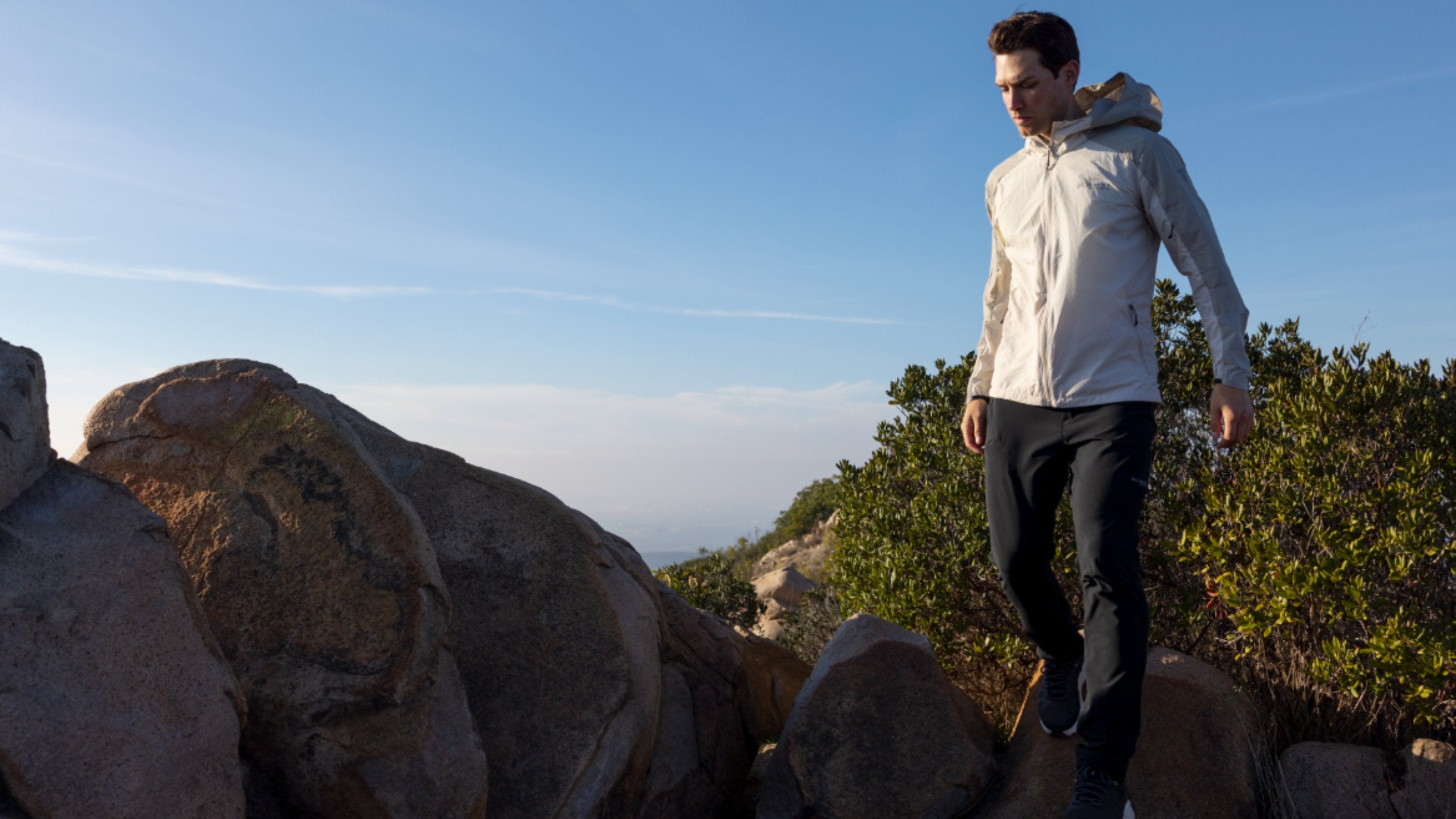
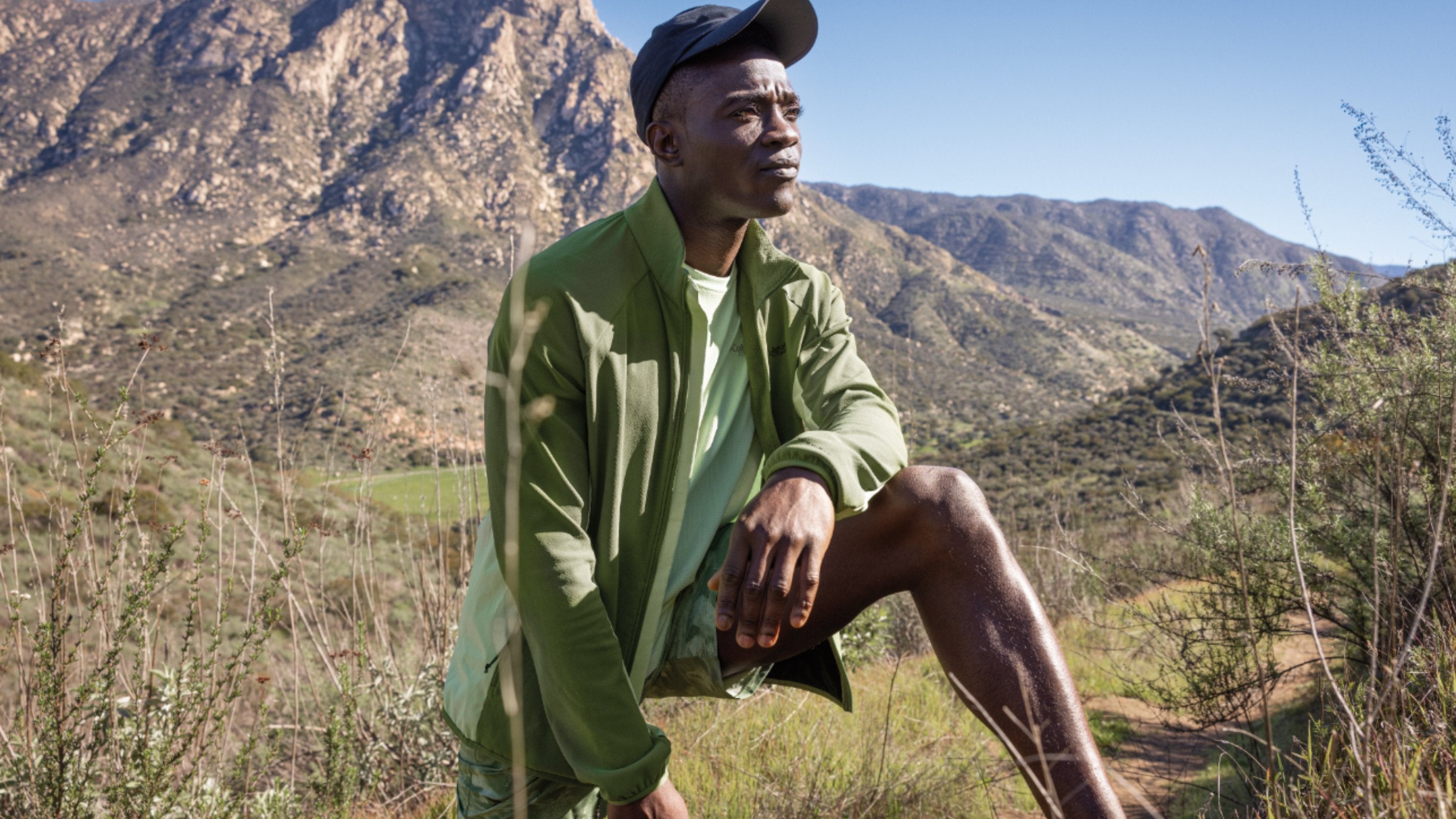
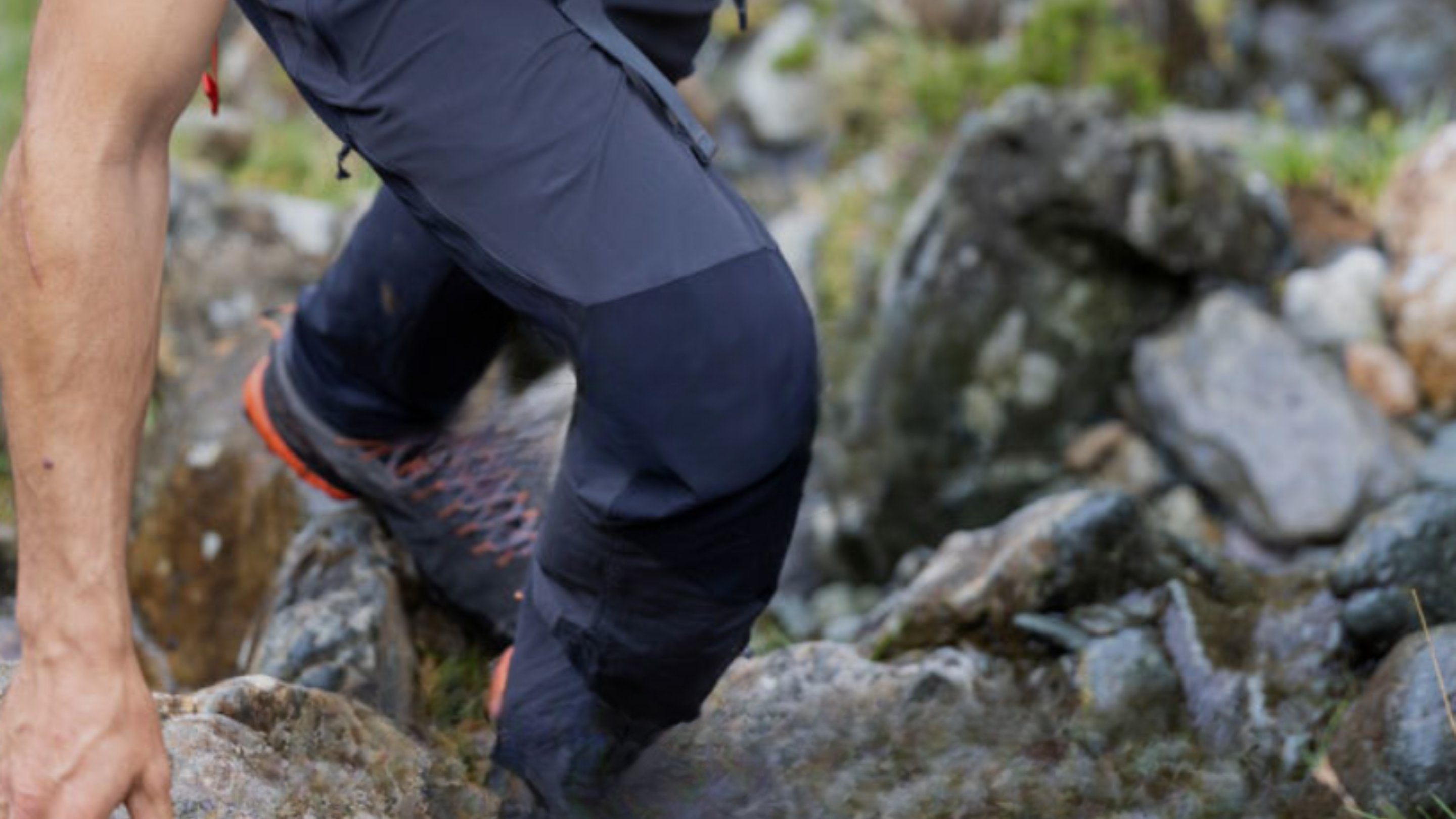
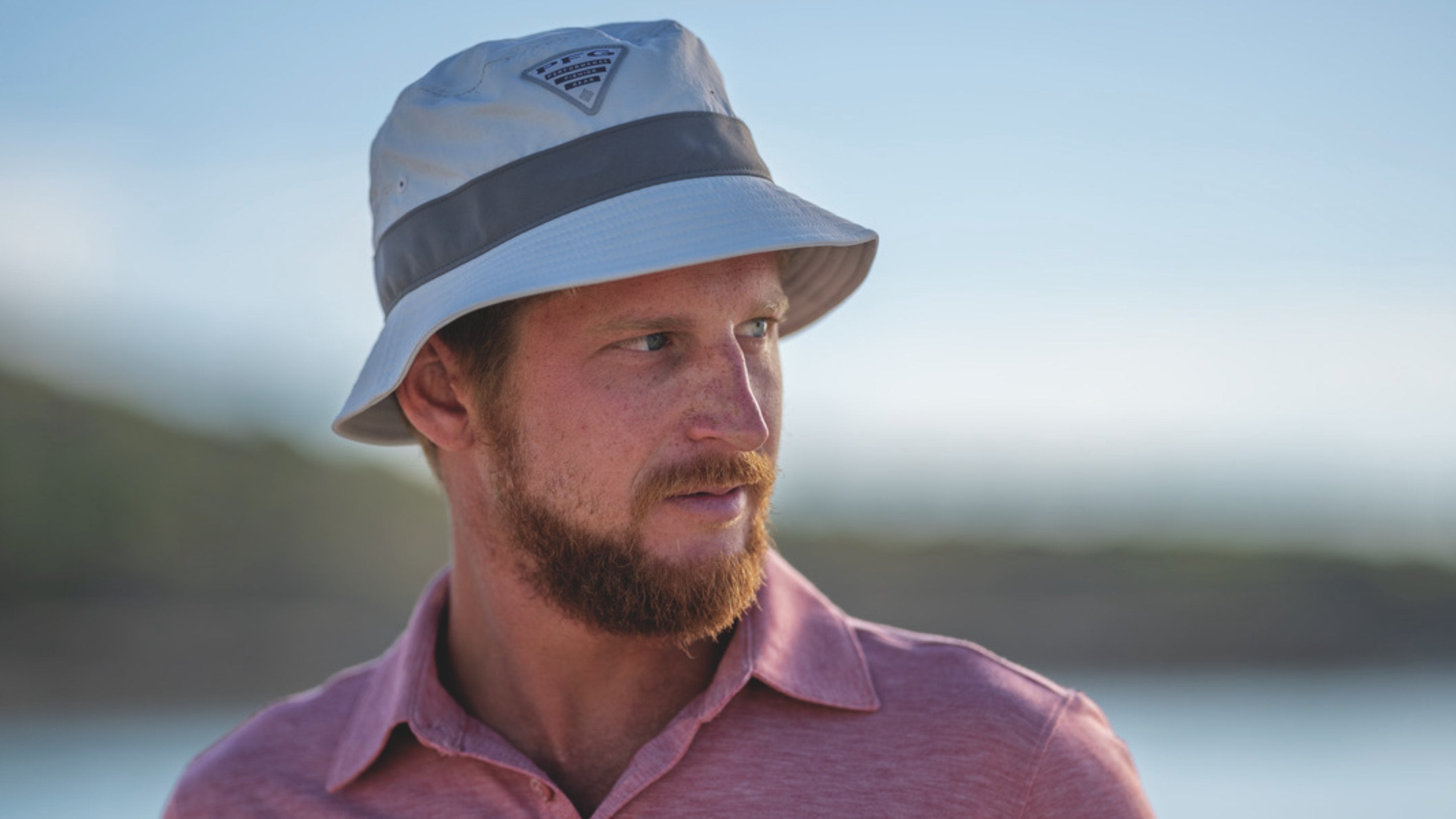
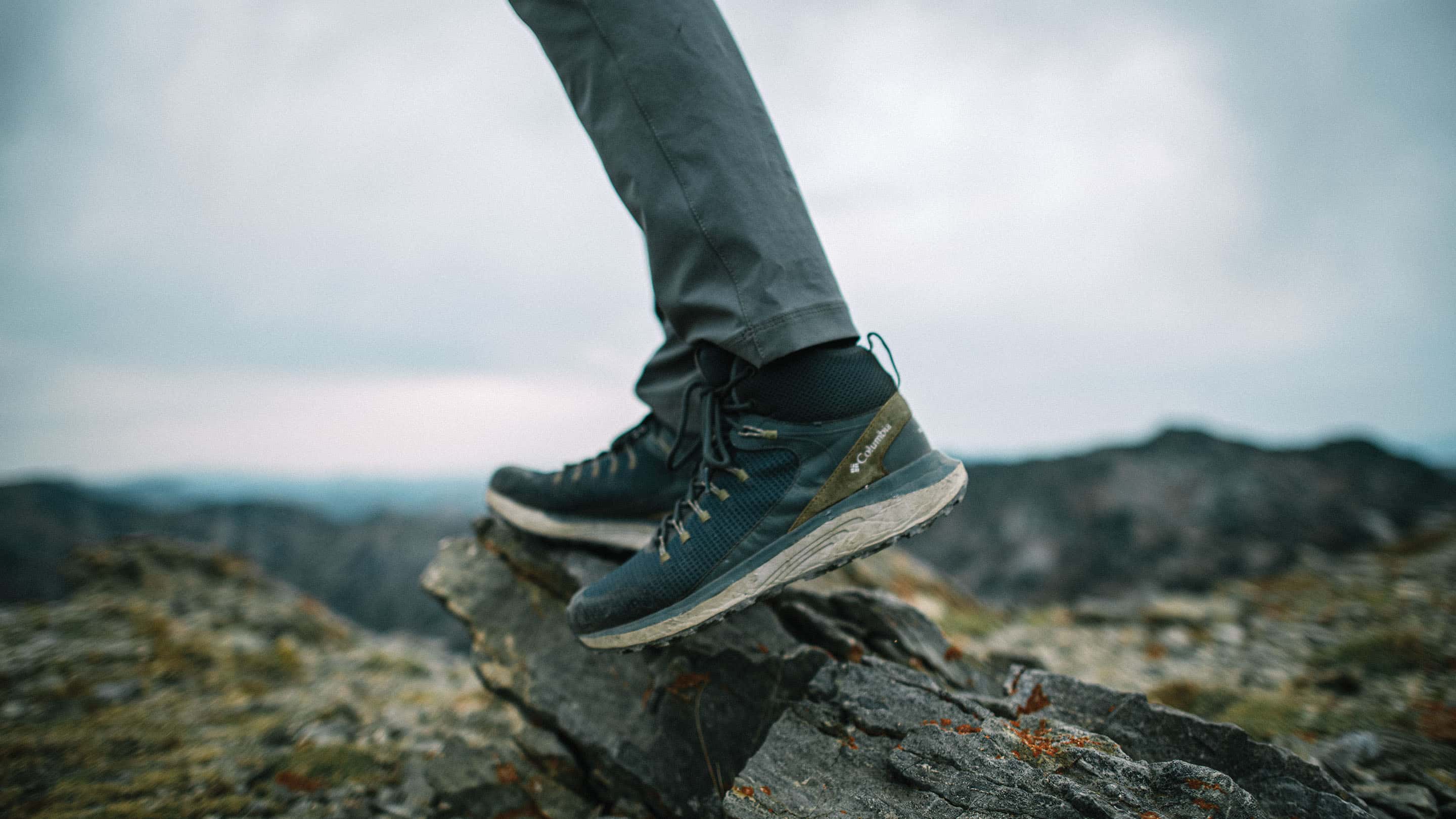
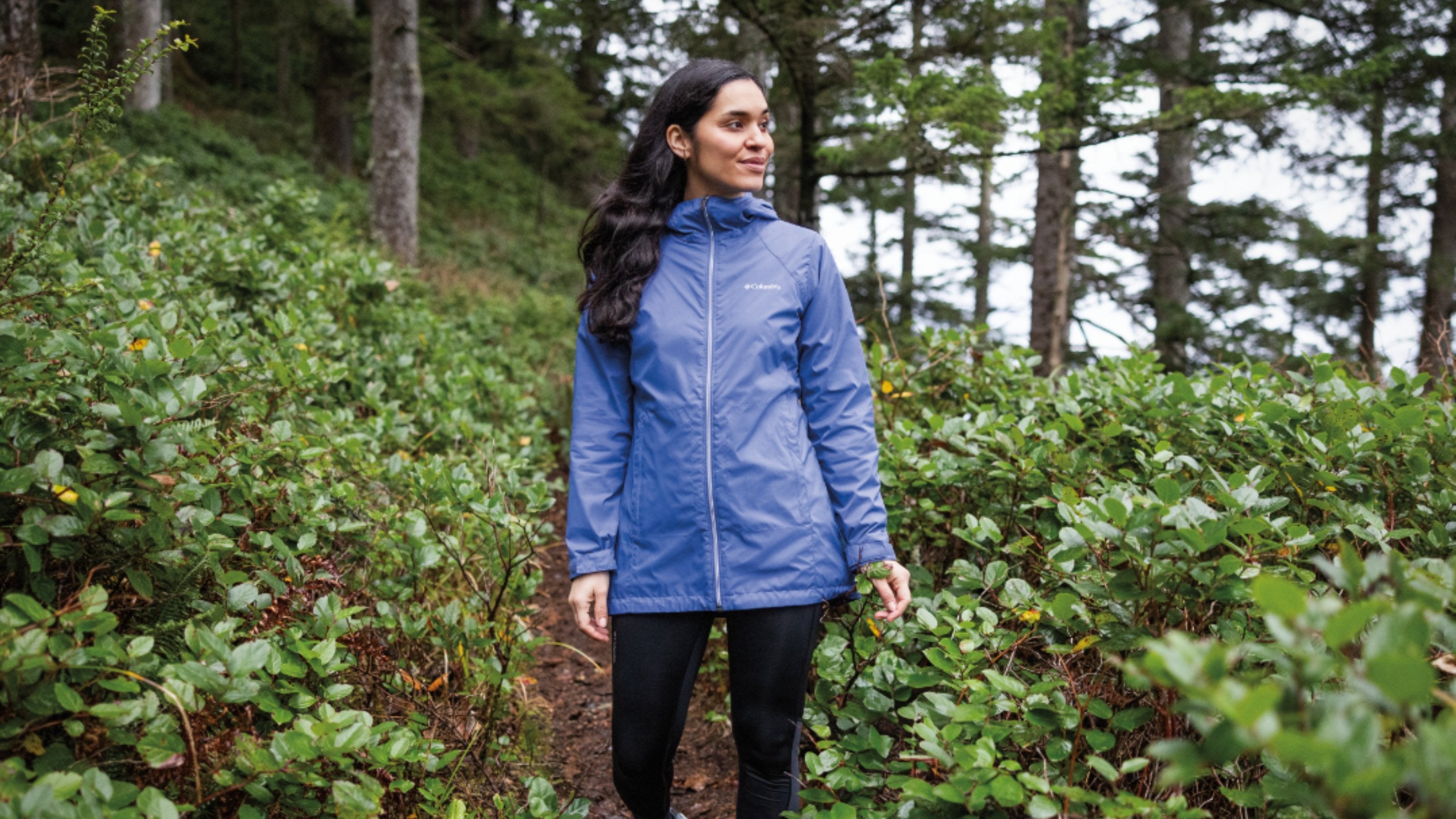
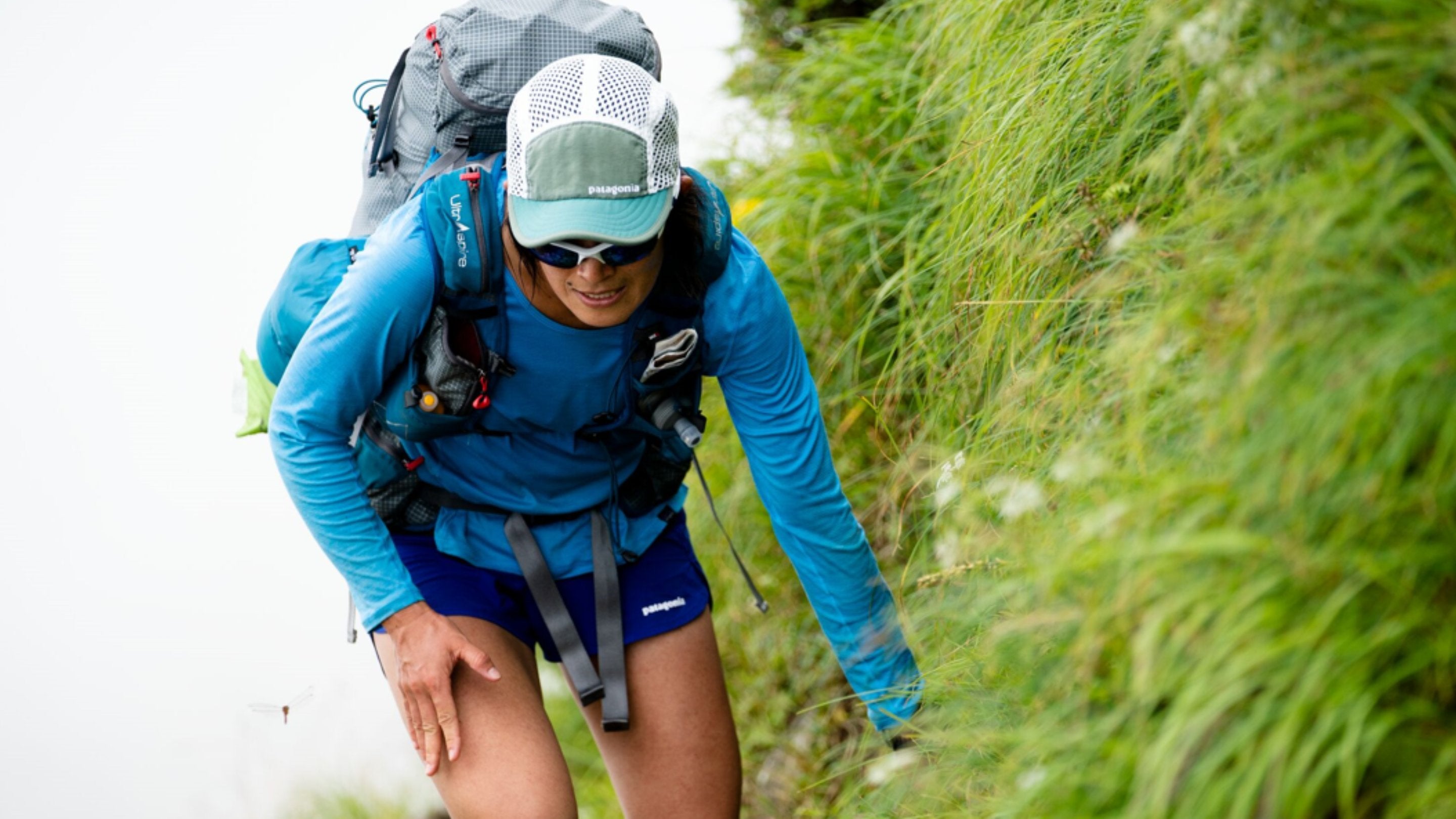
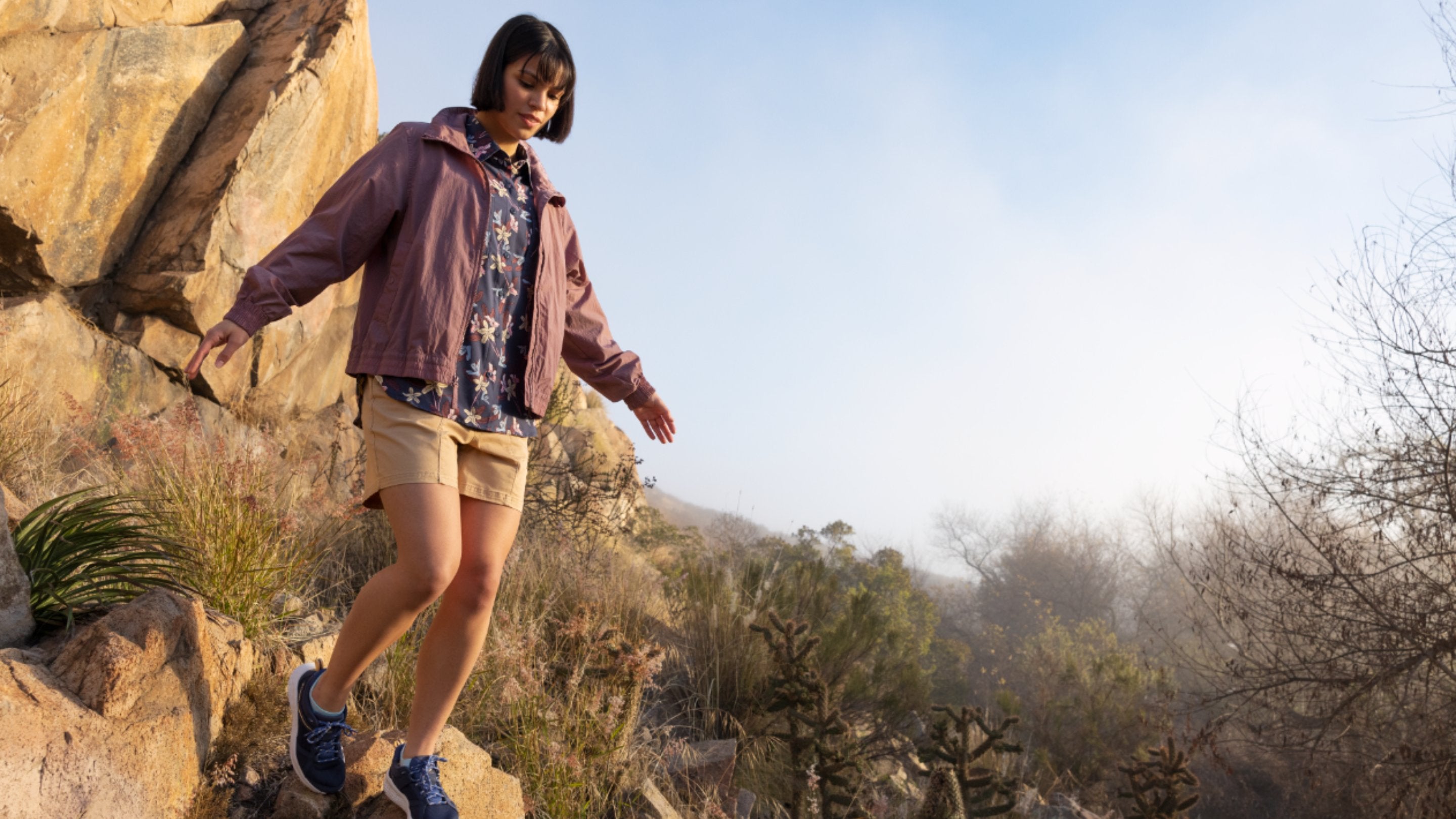
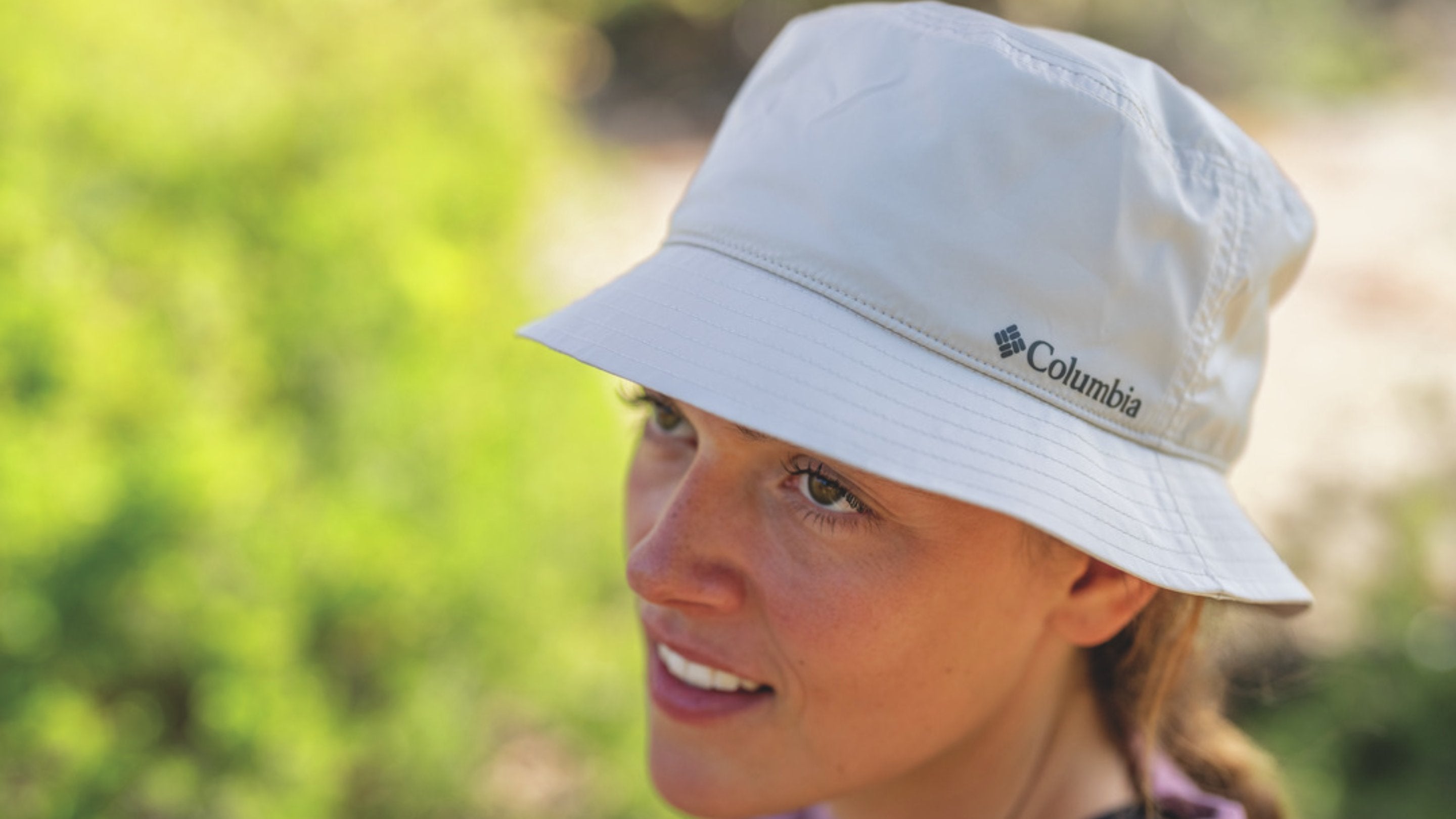
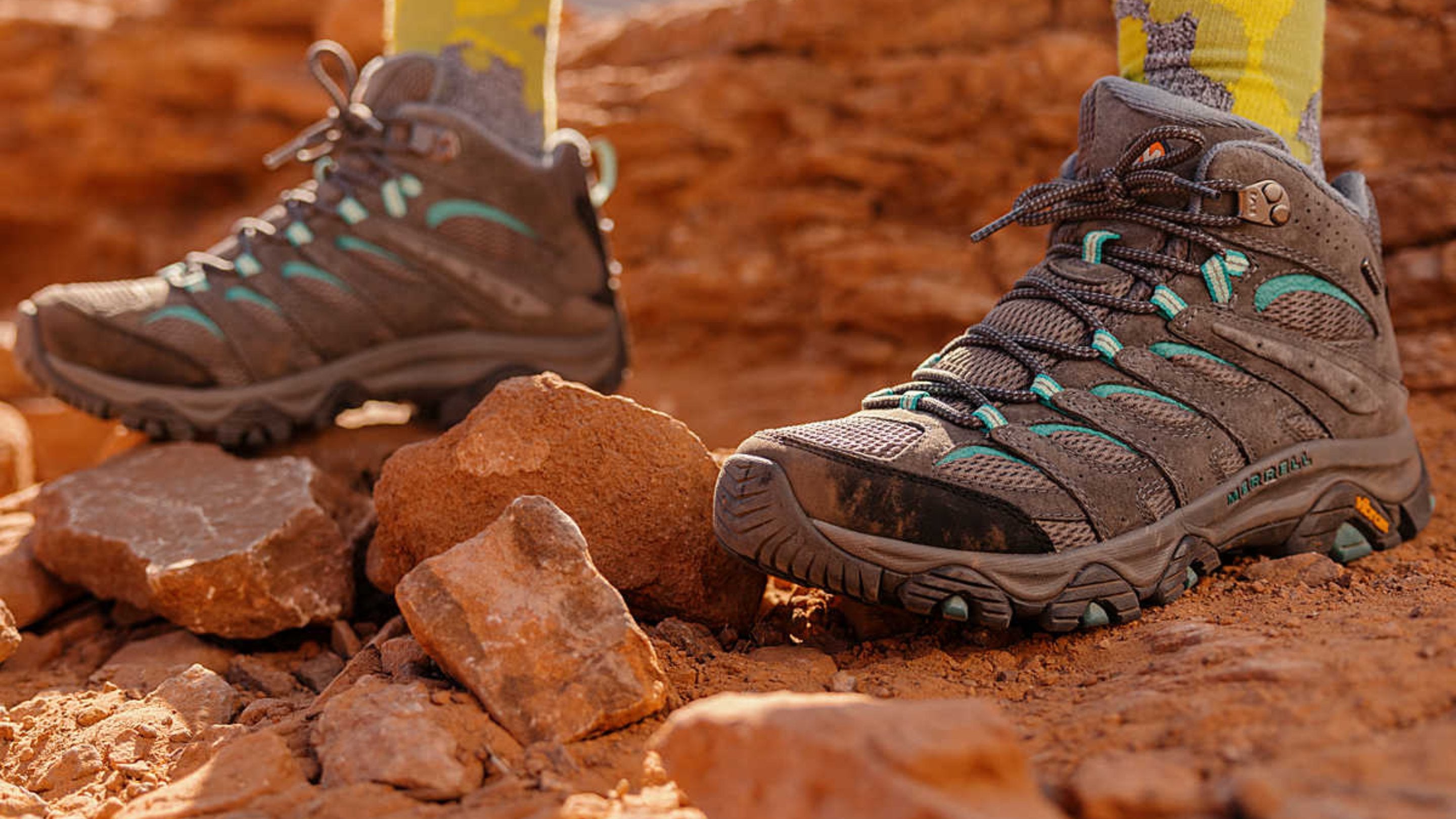
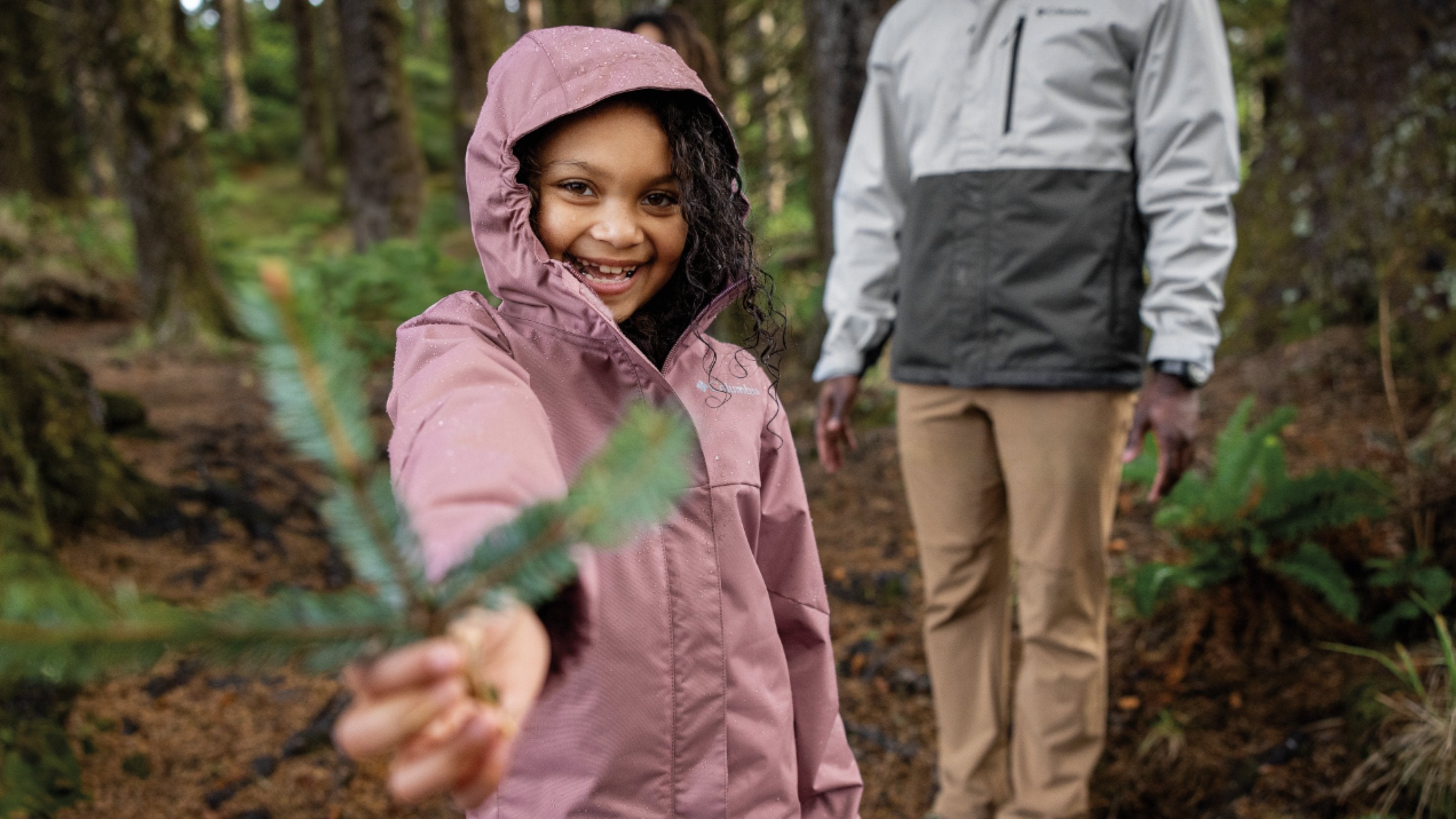

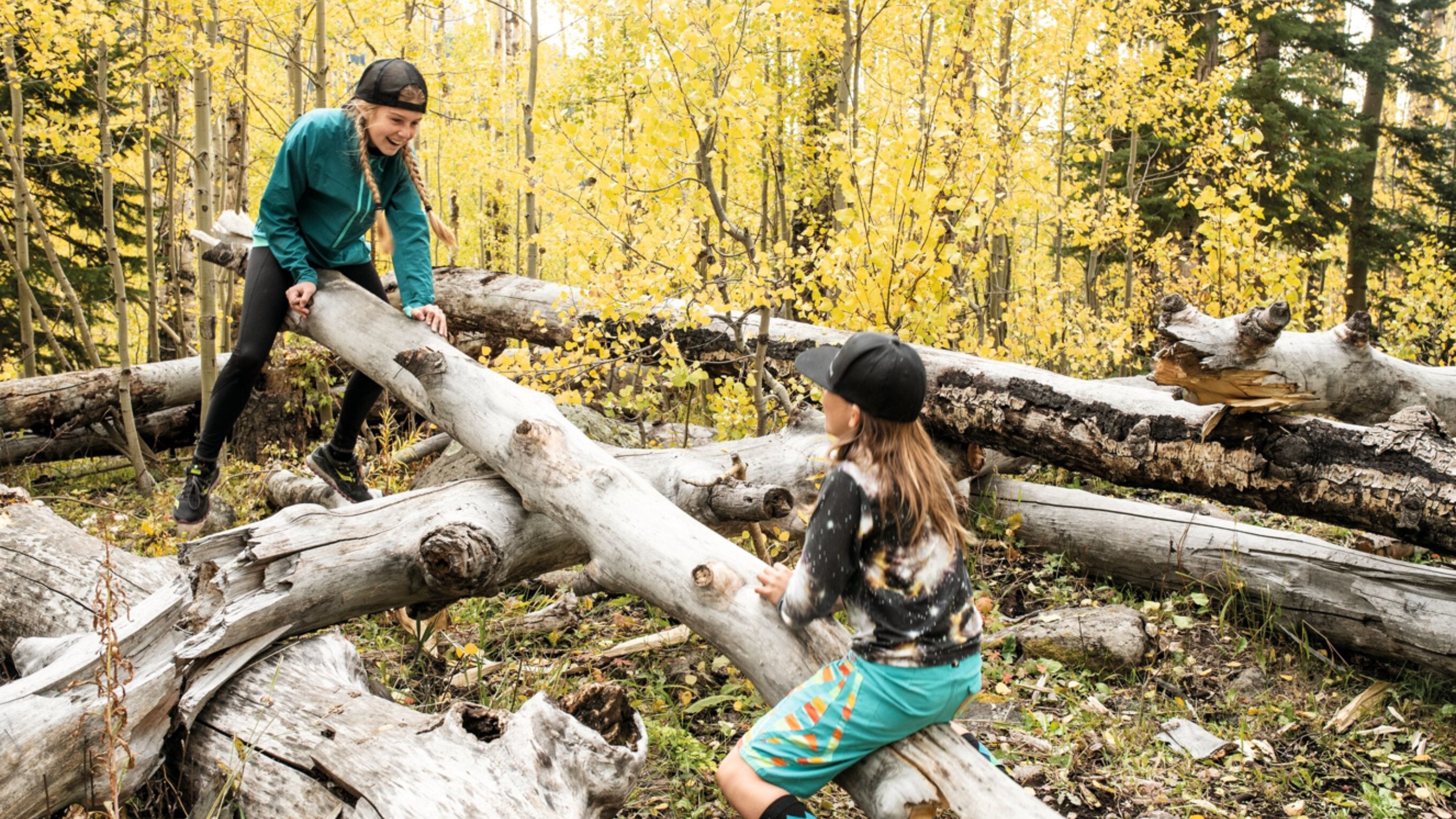
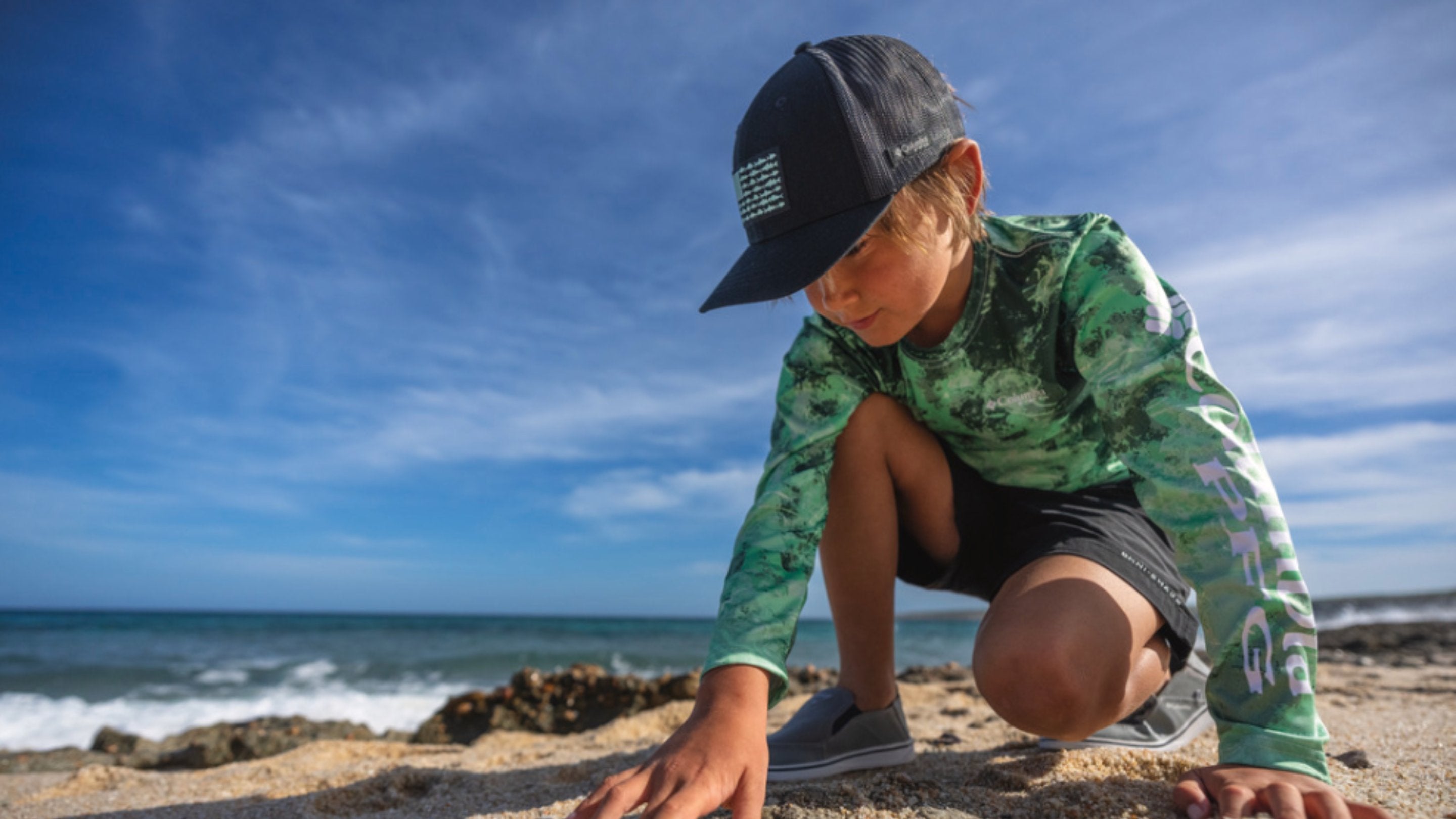
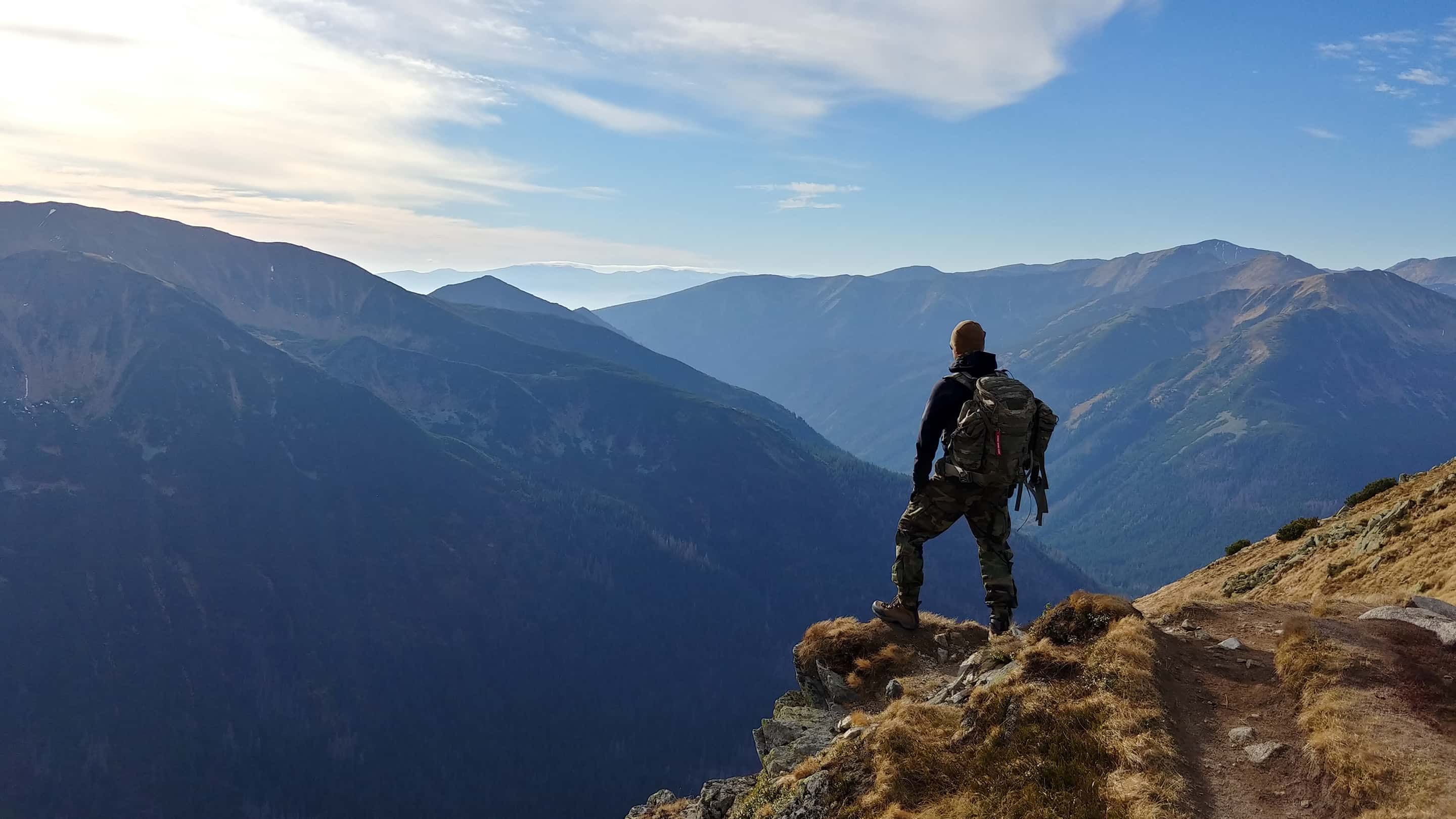
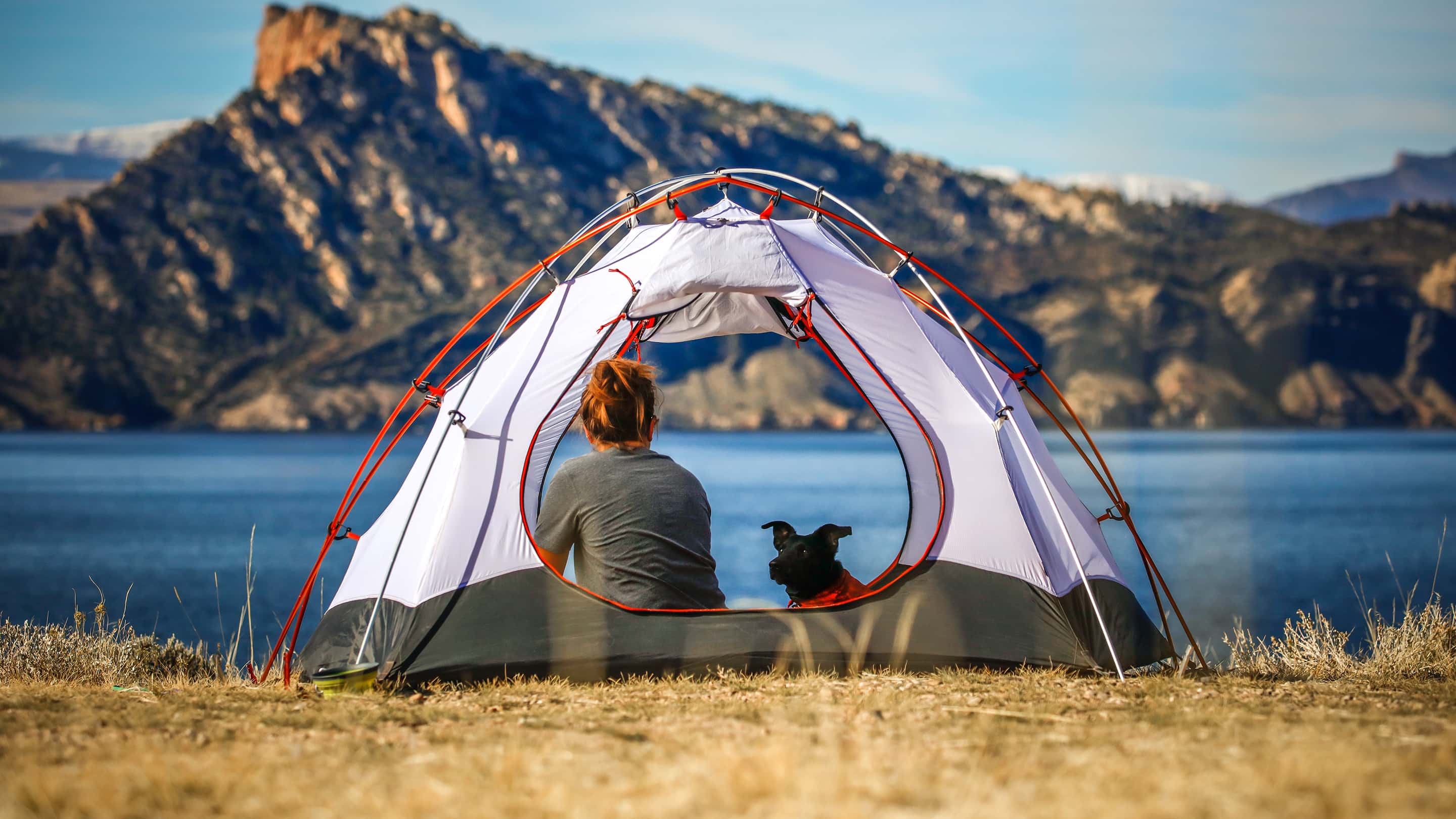
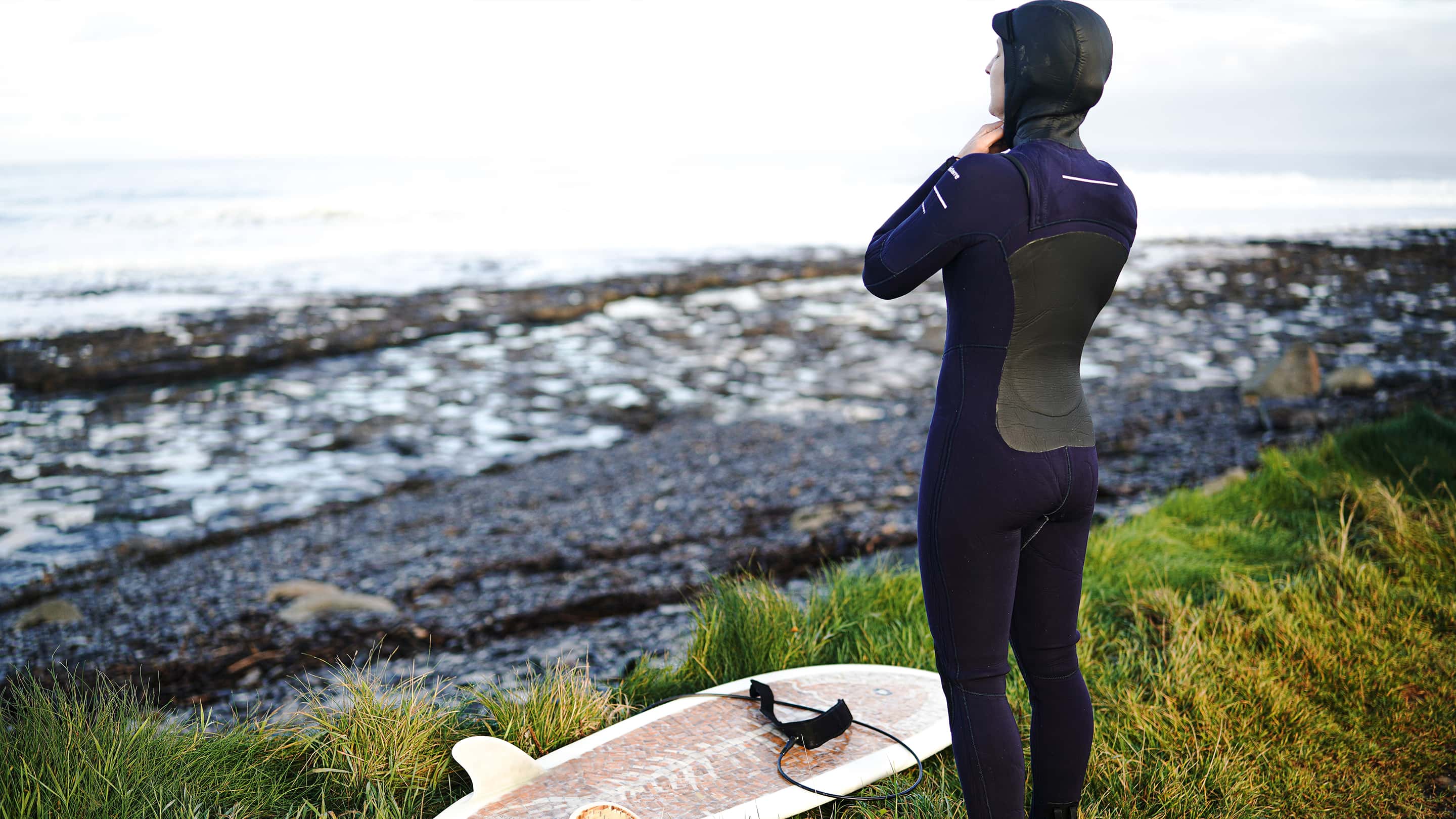
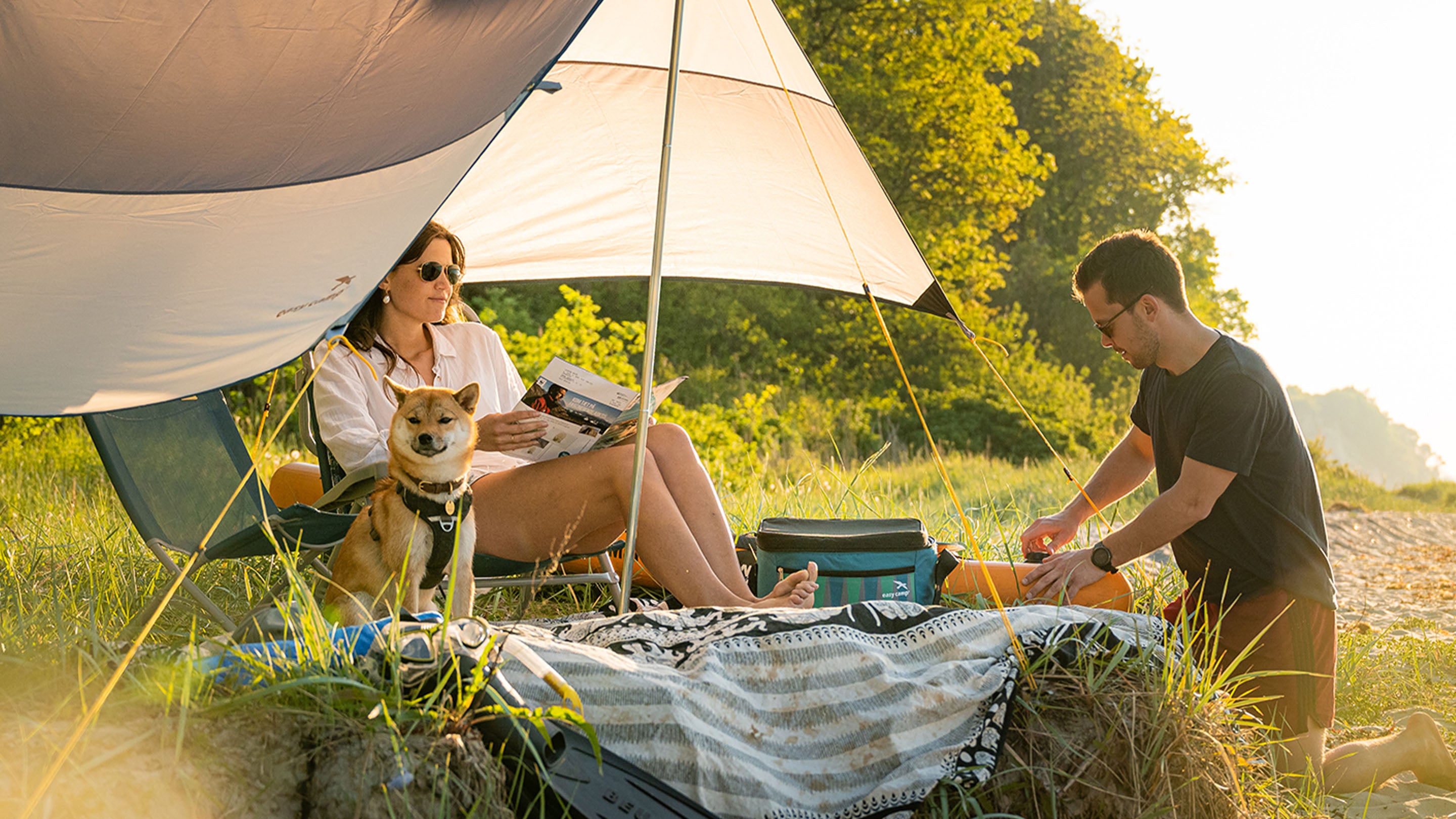
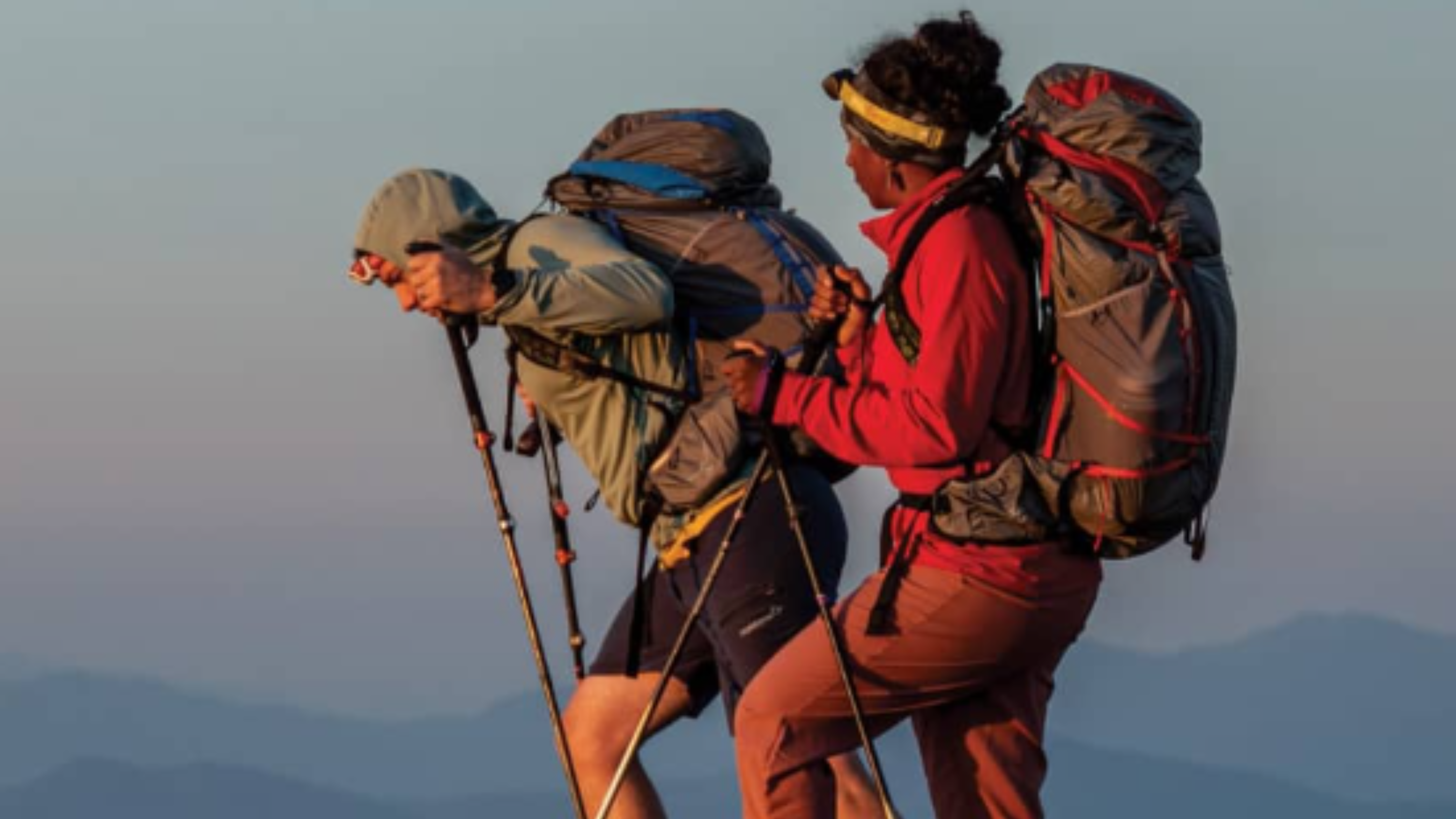
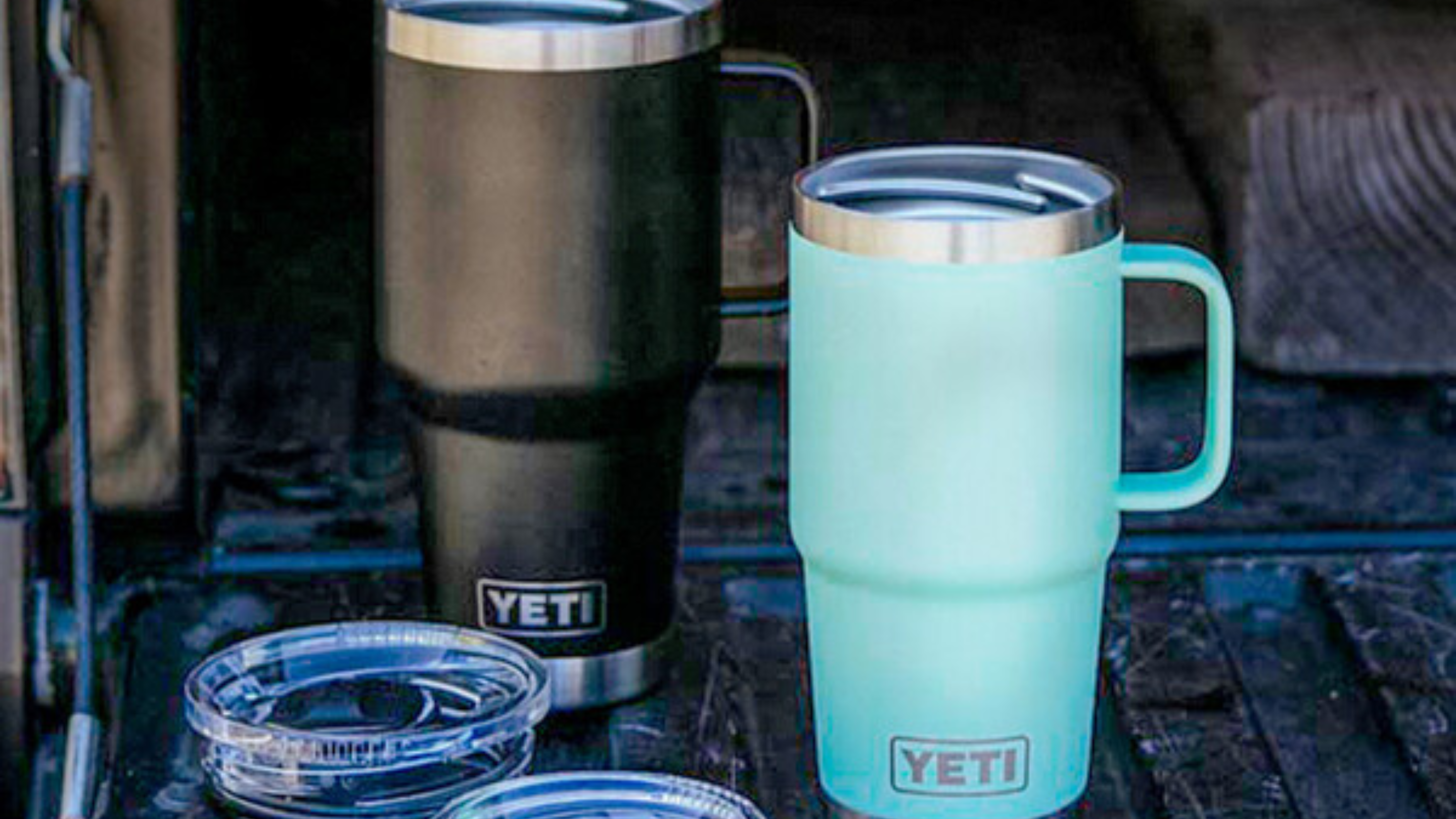

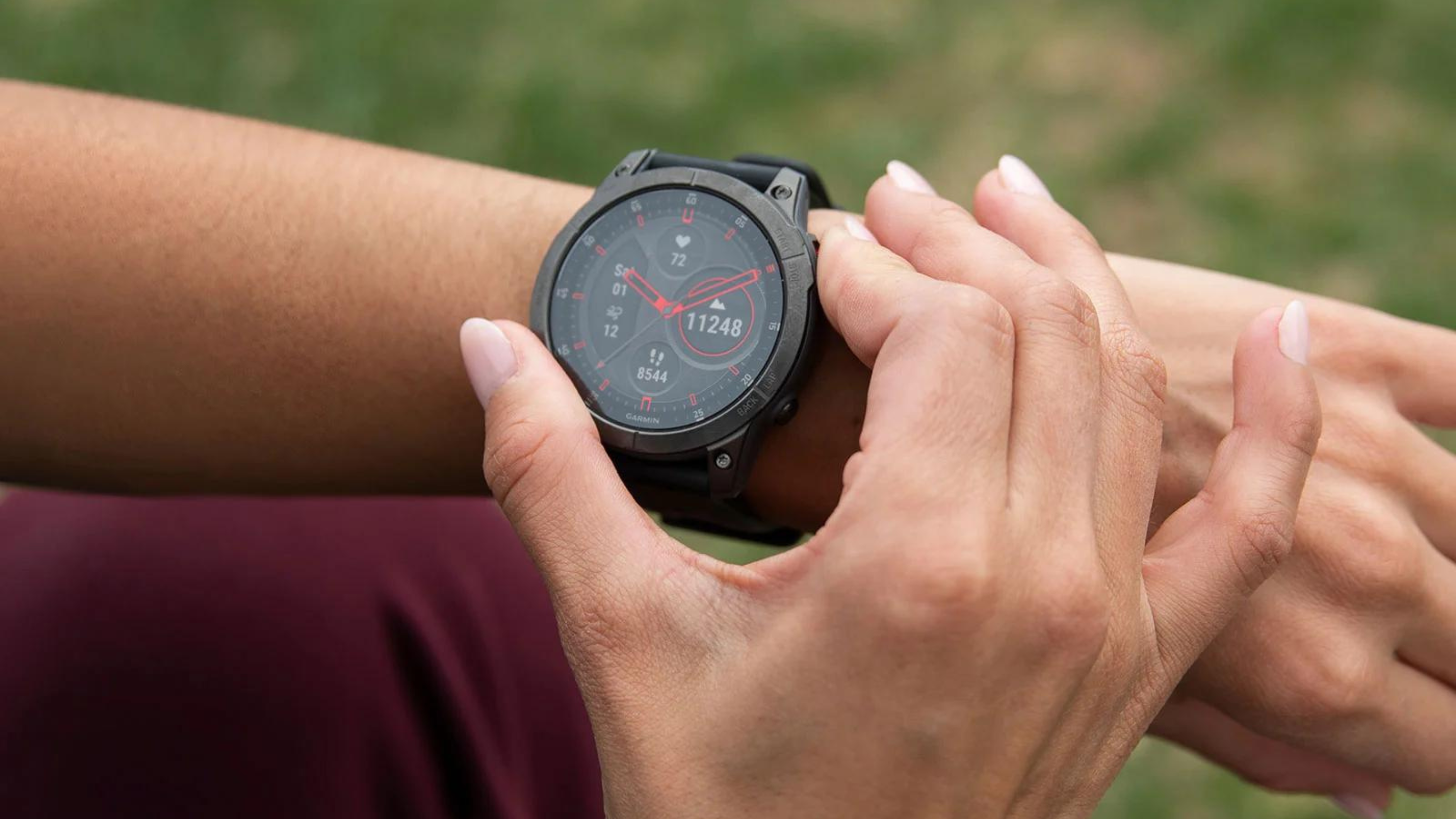
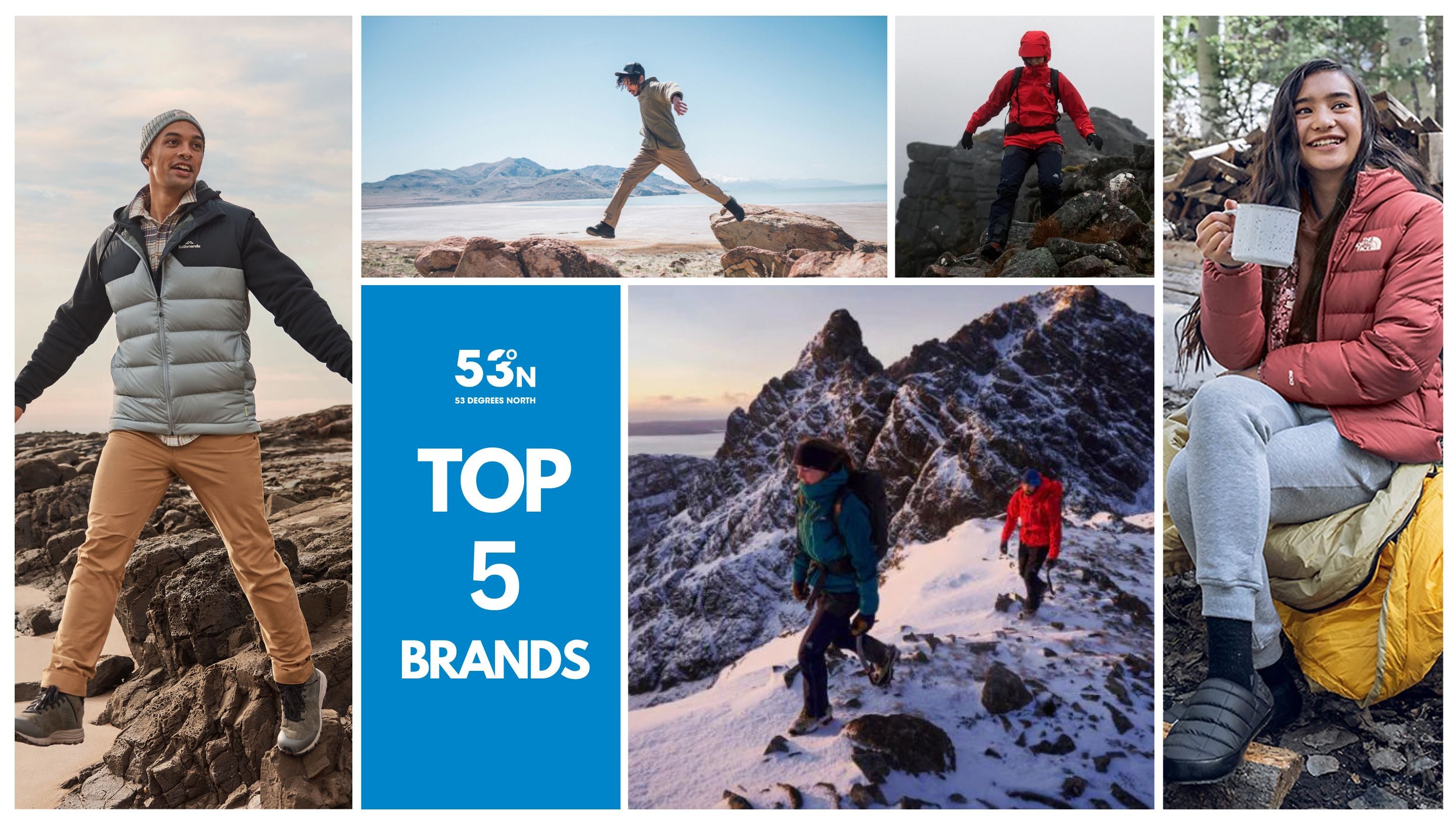
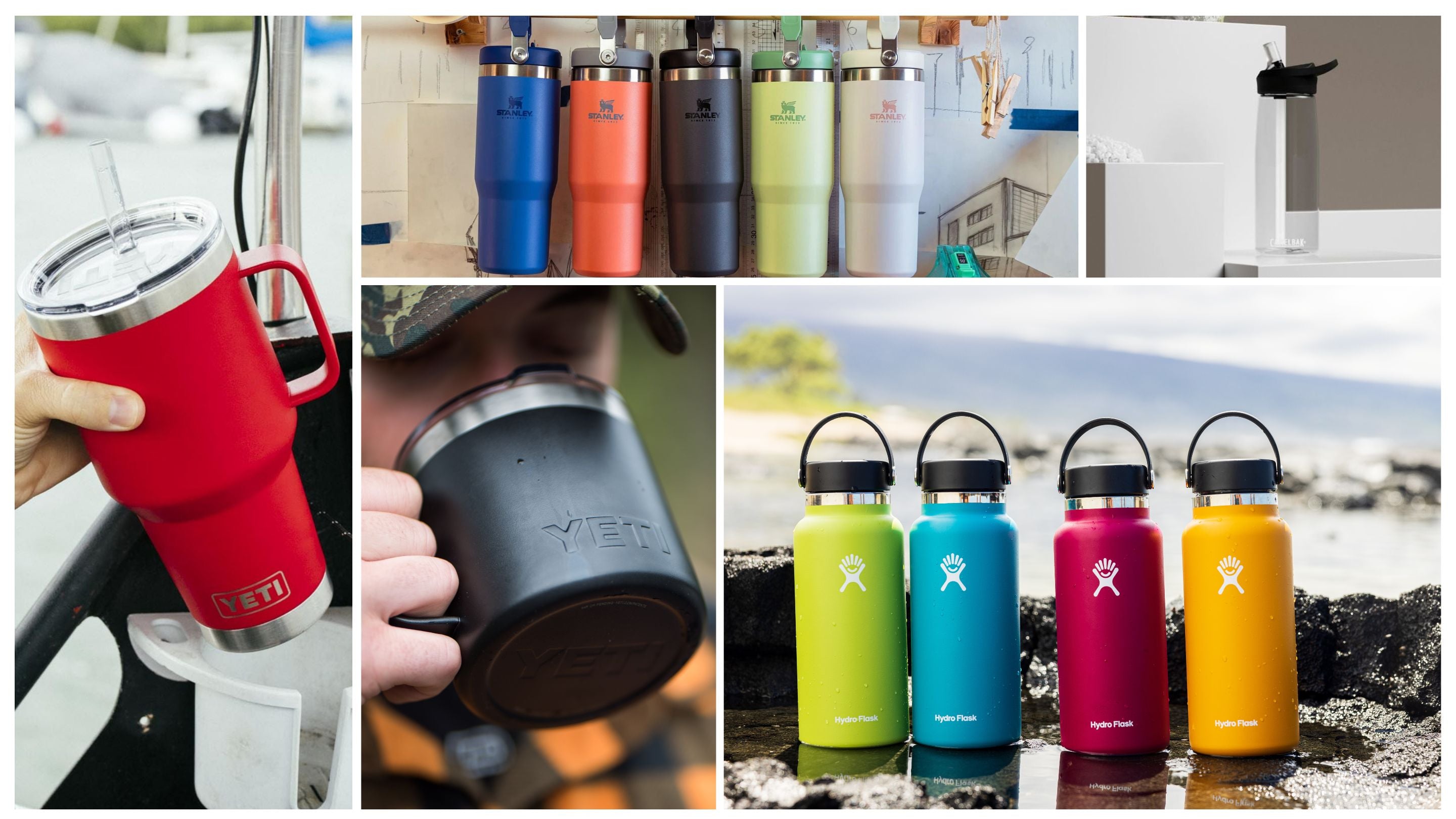
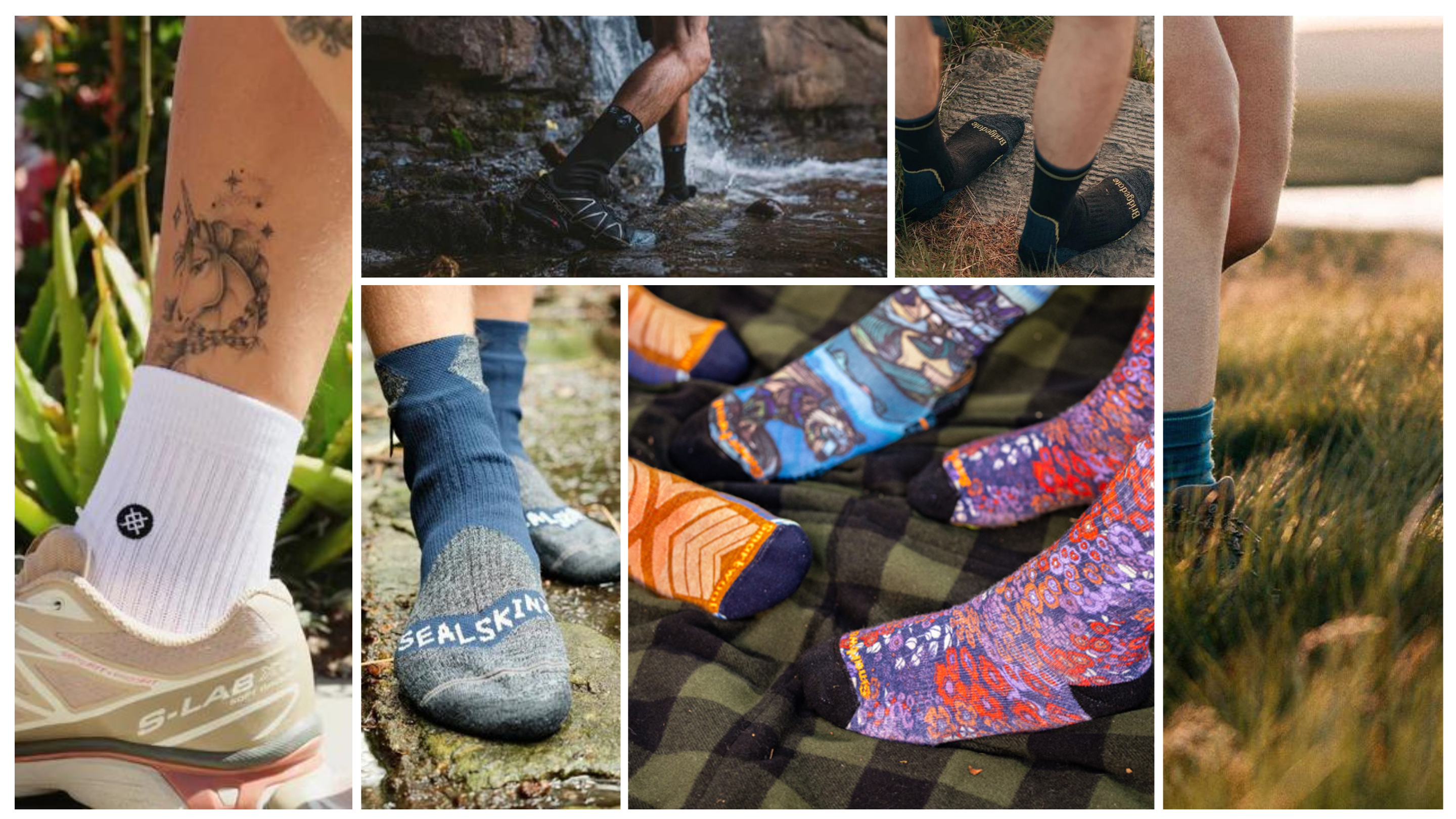
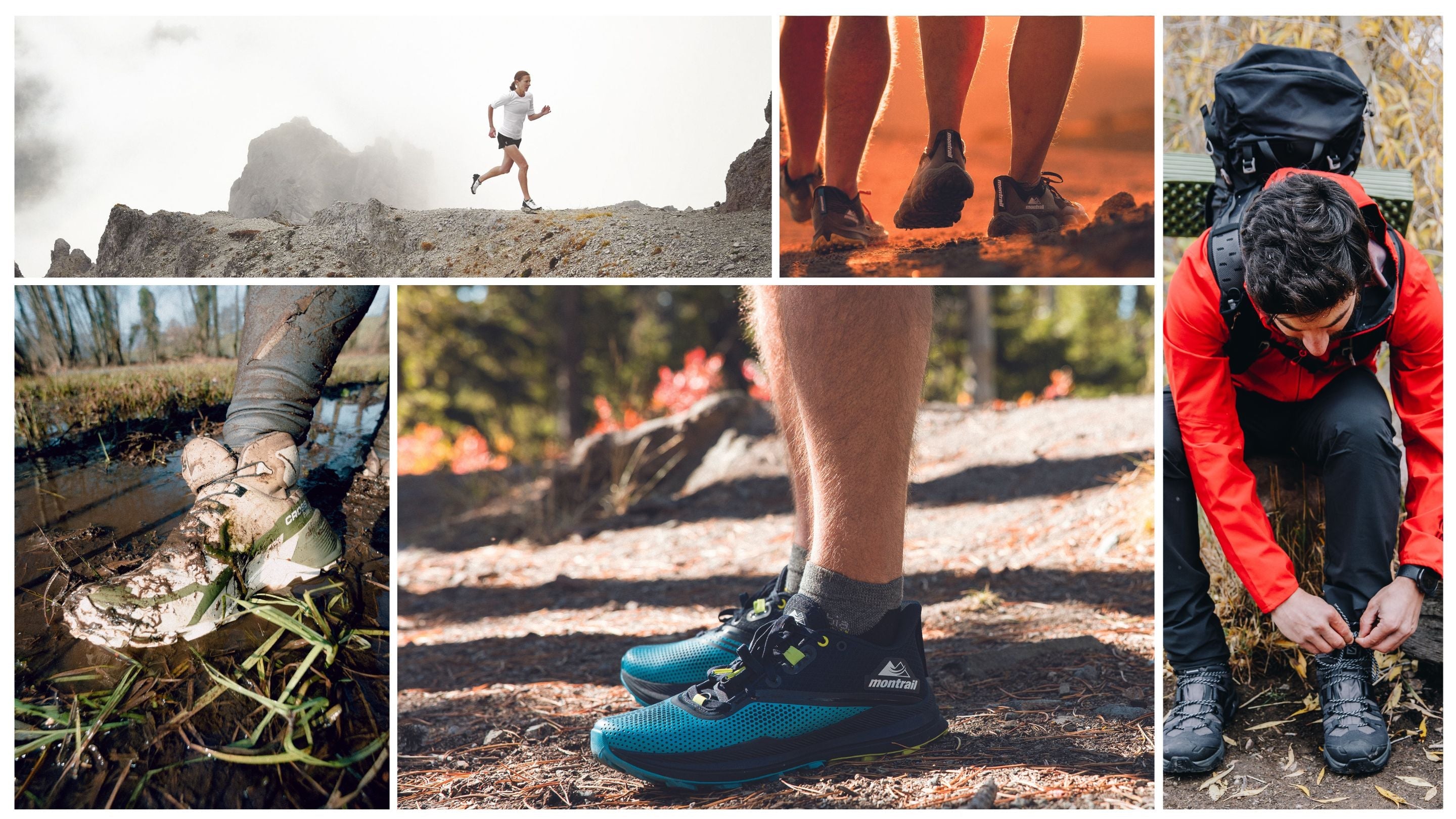
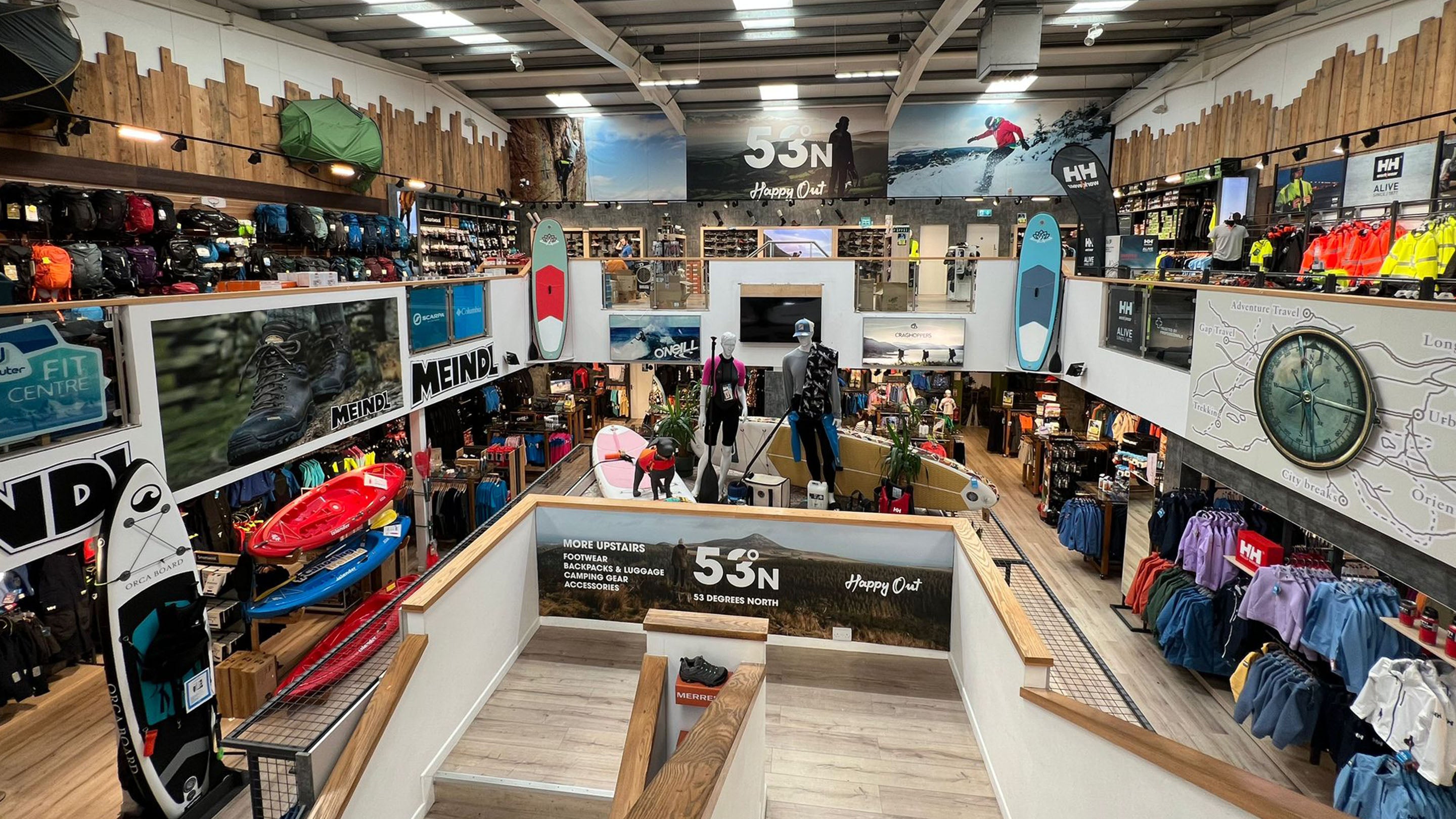
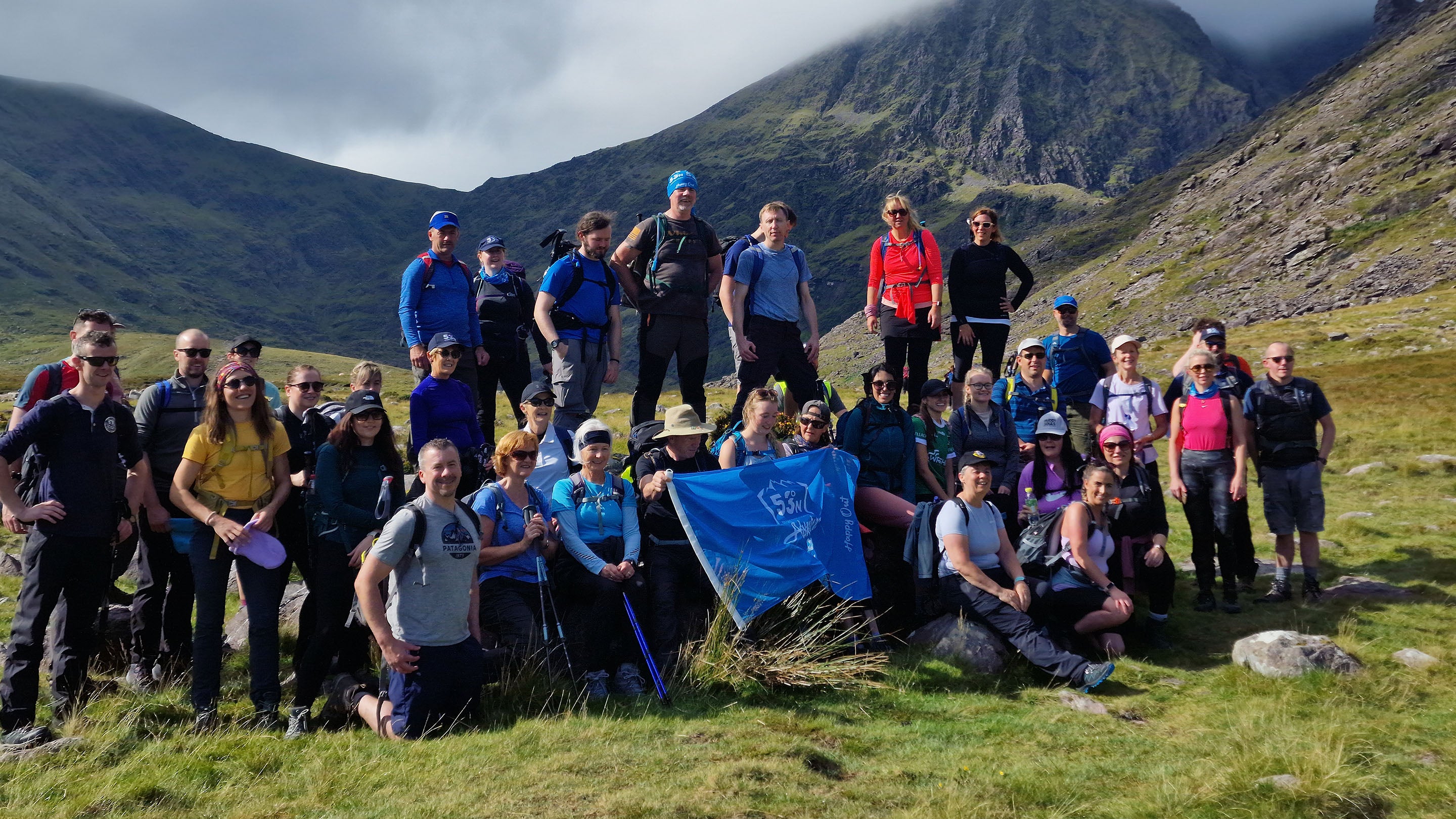
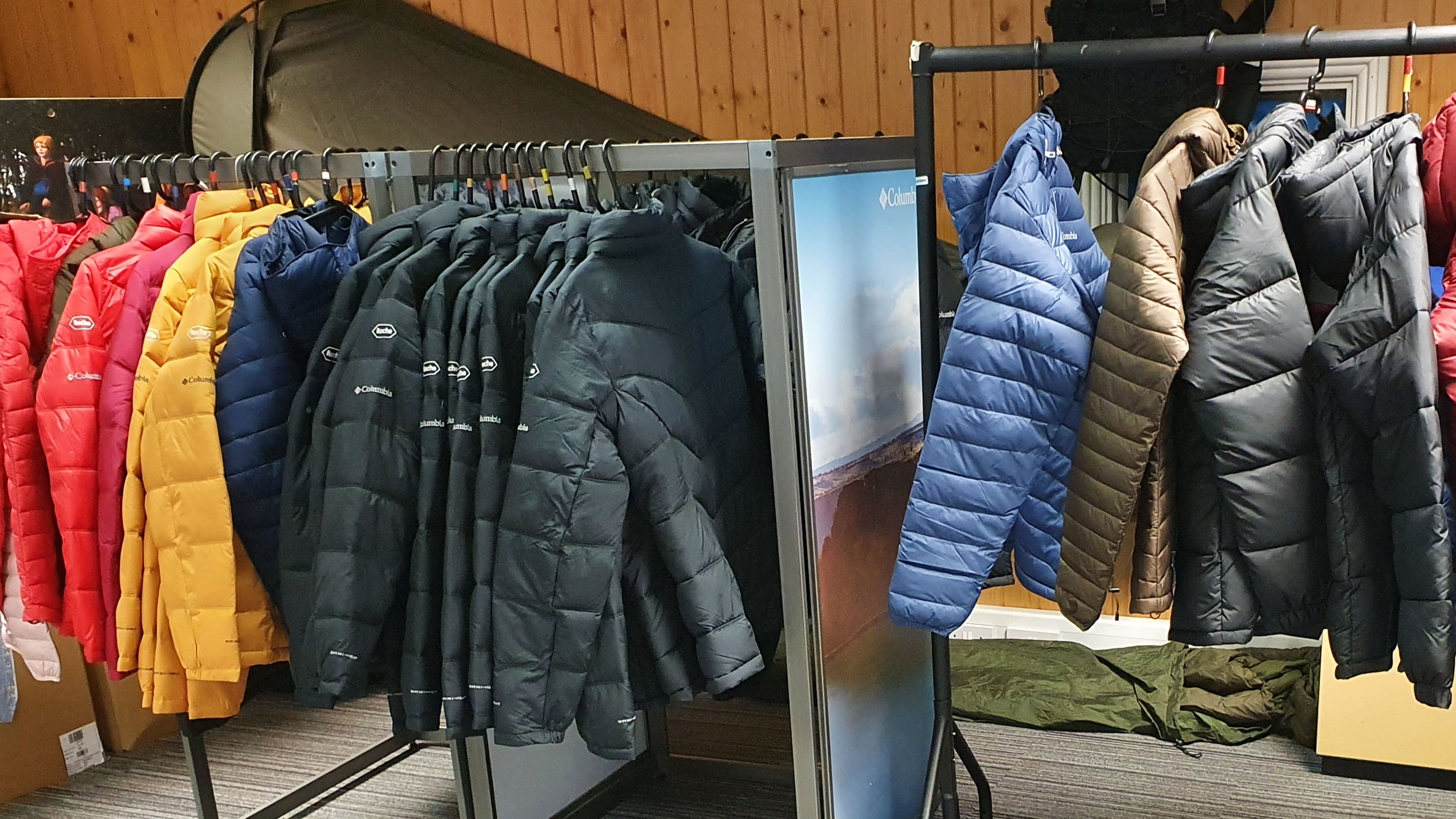
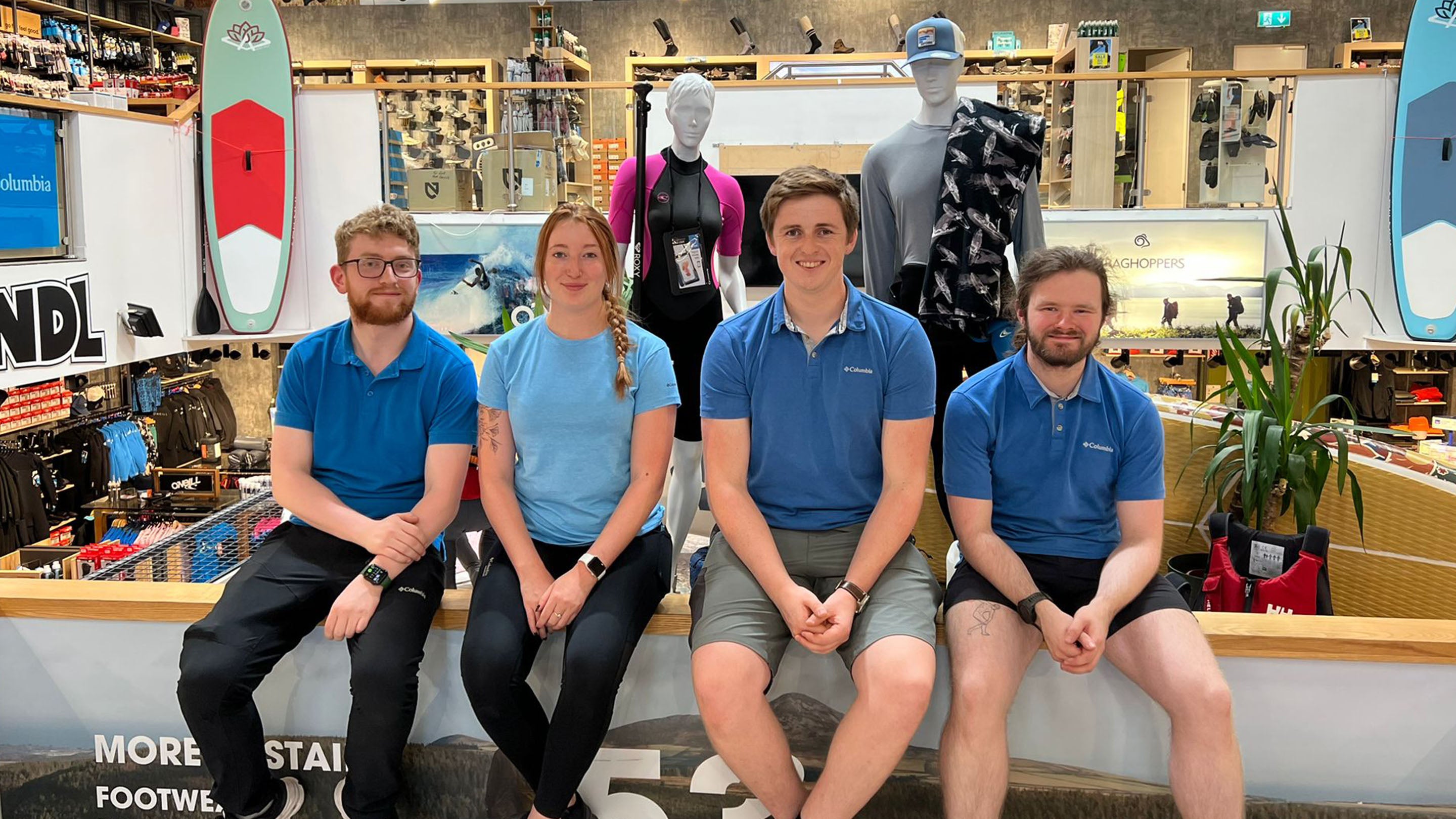

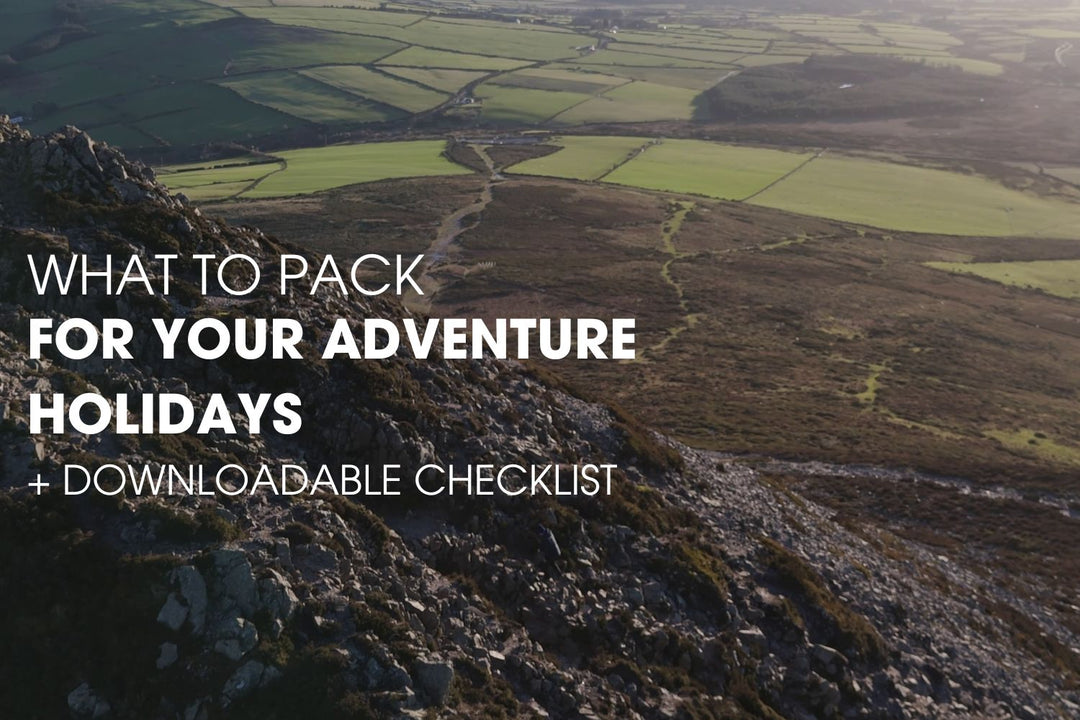
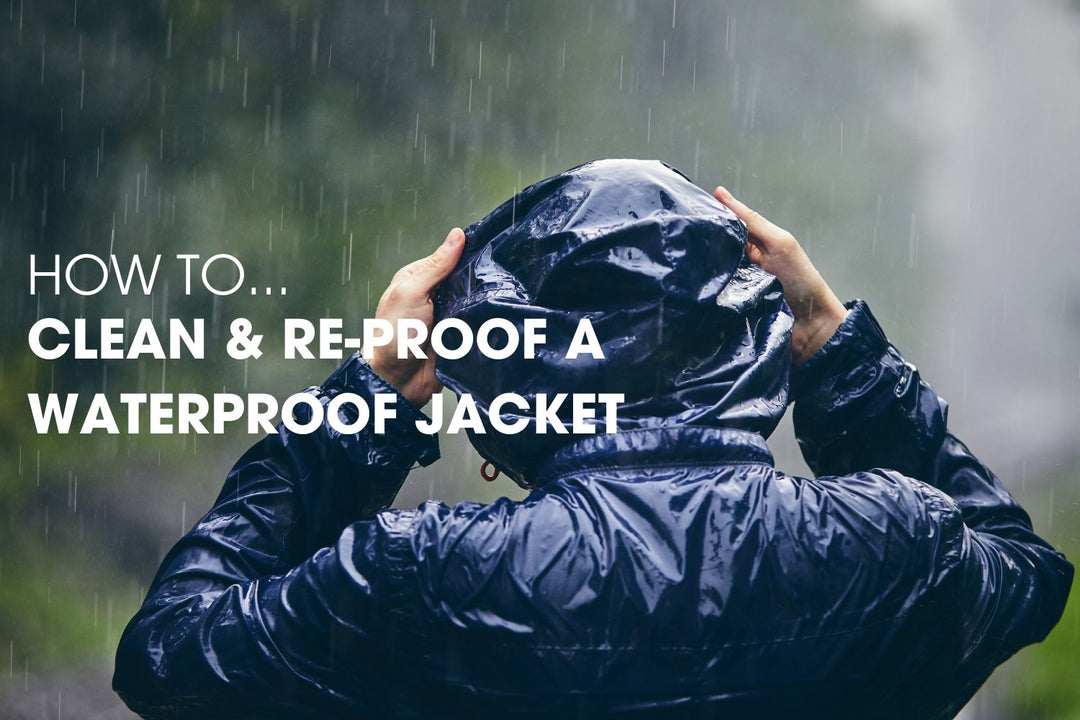
Leave a comment